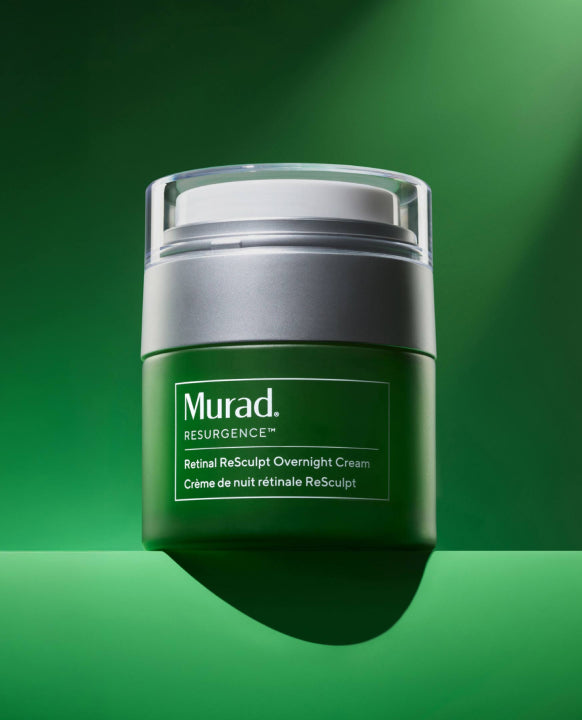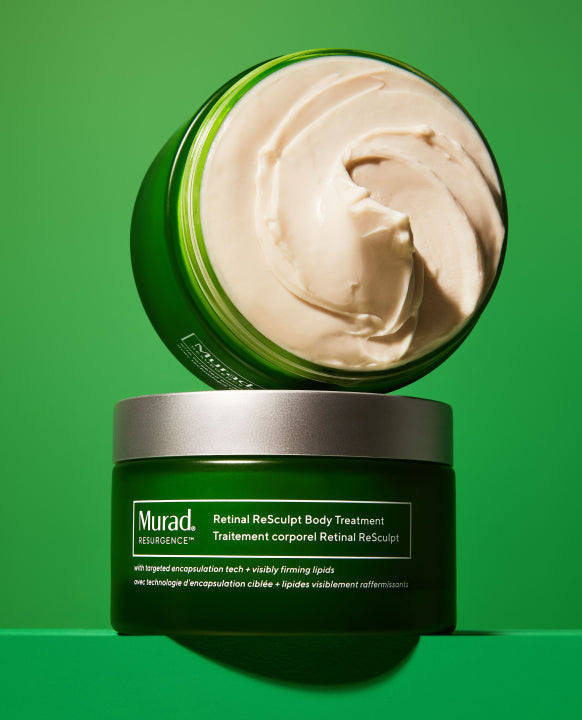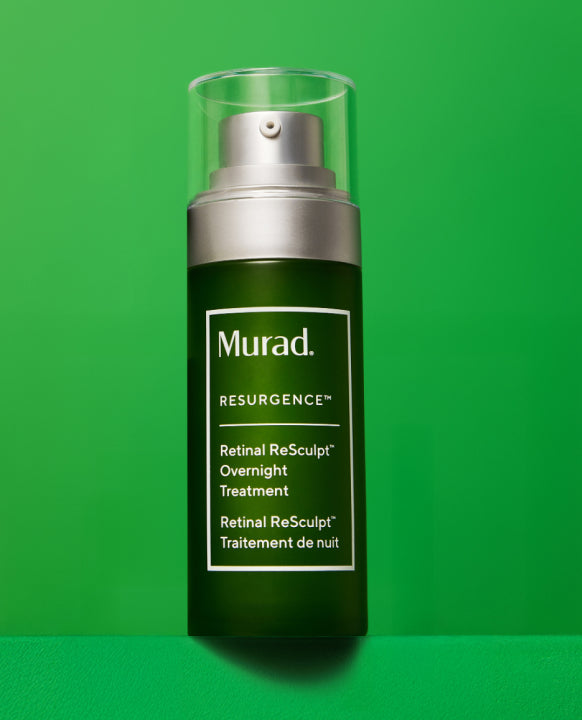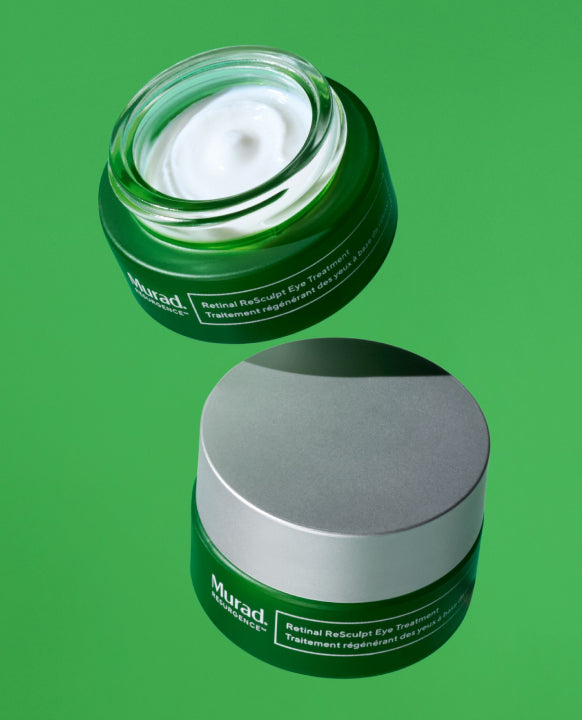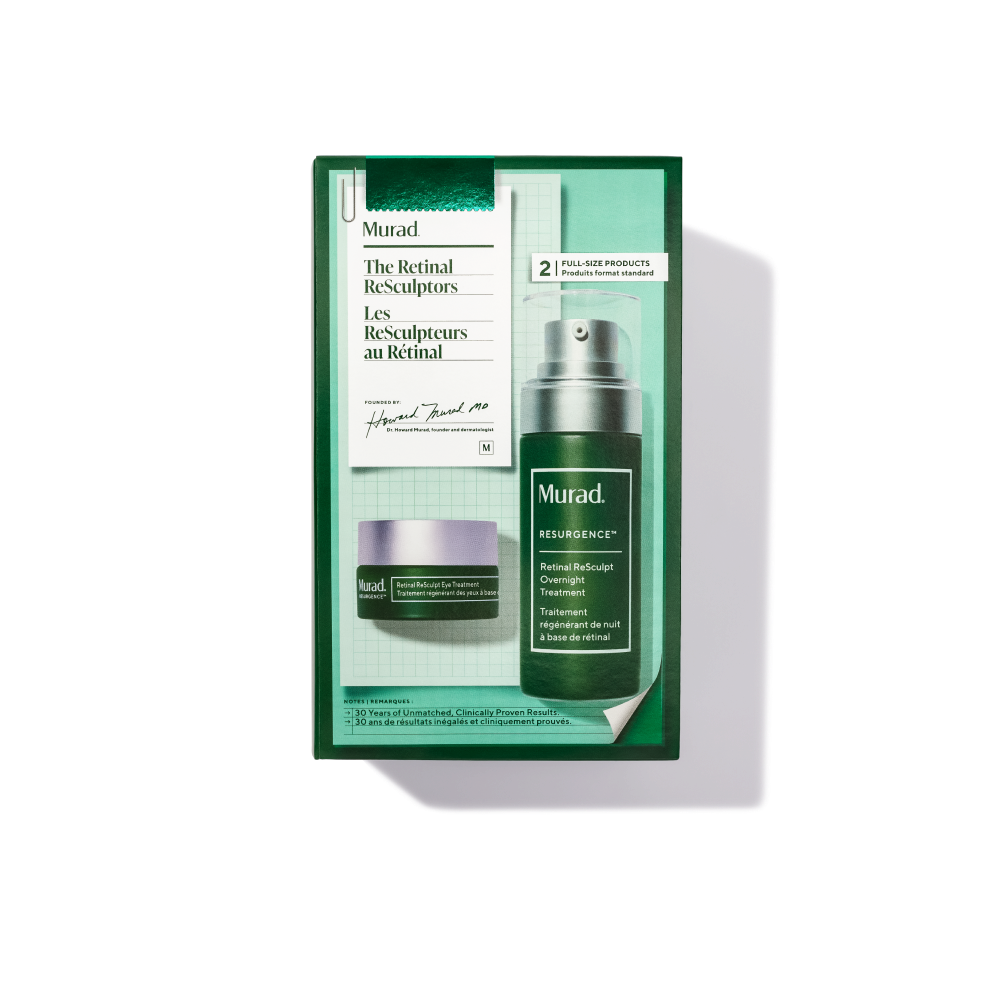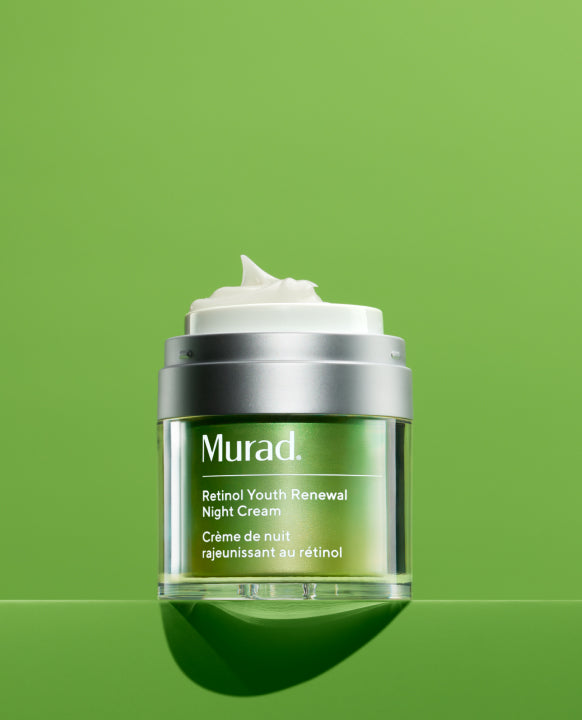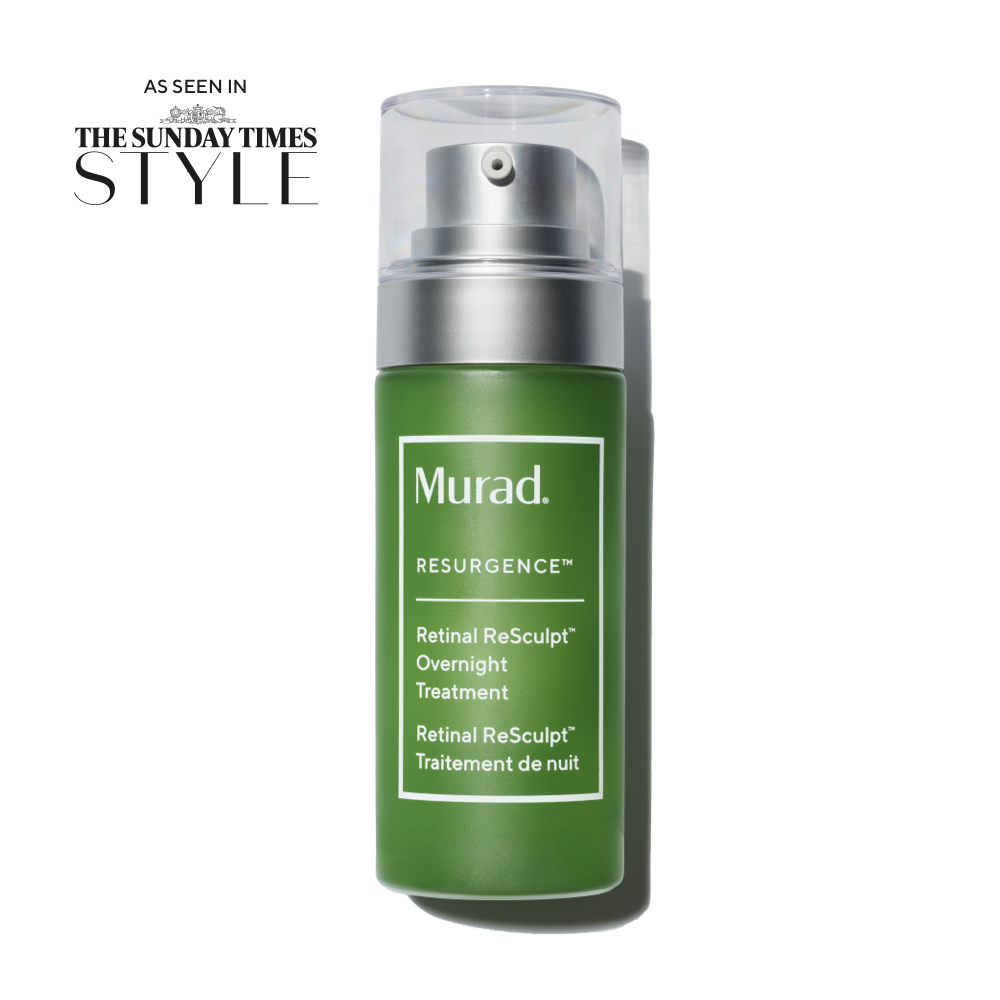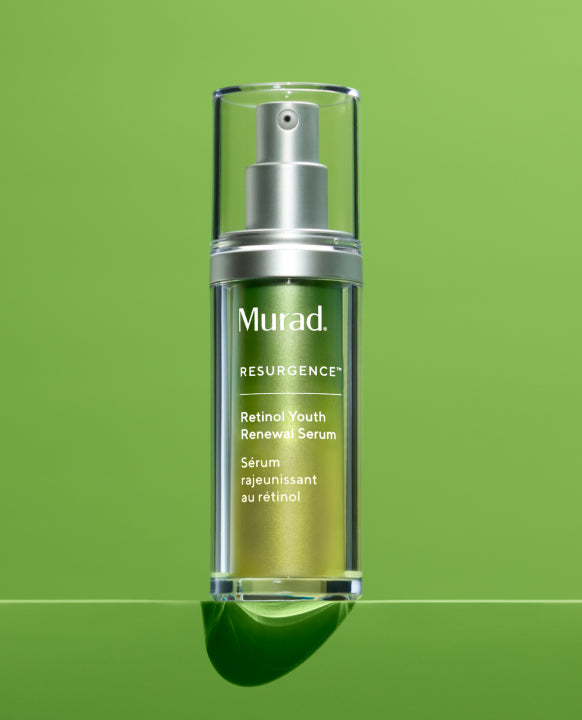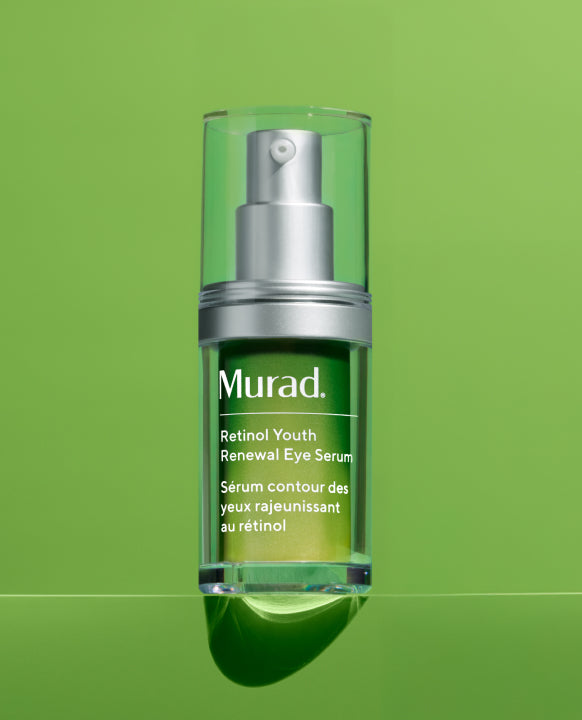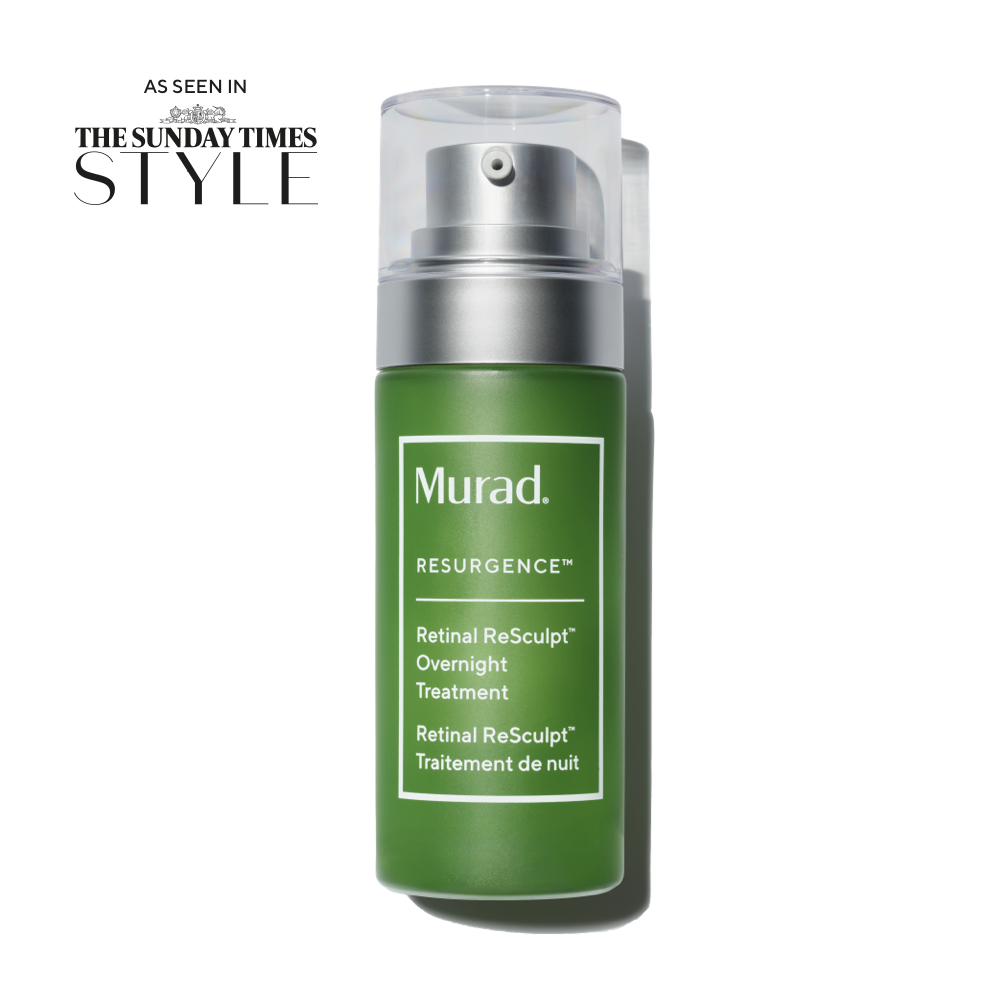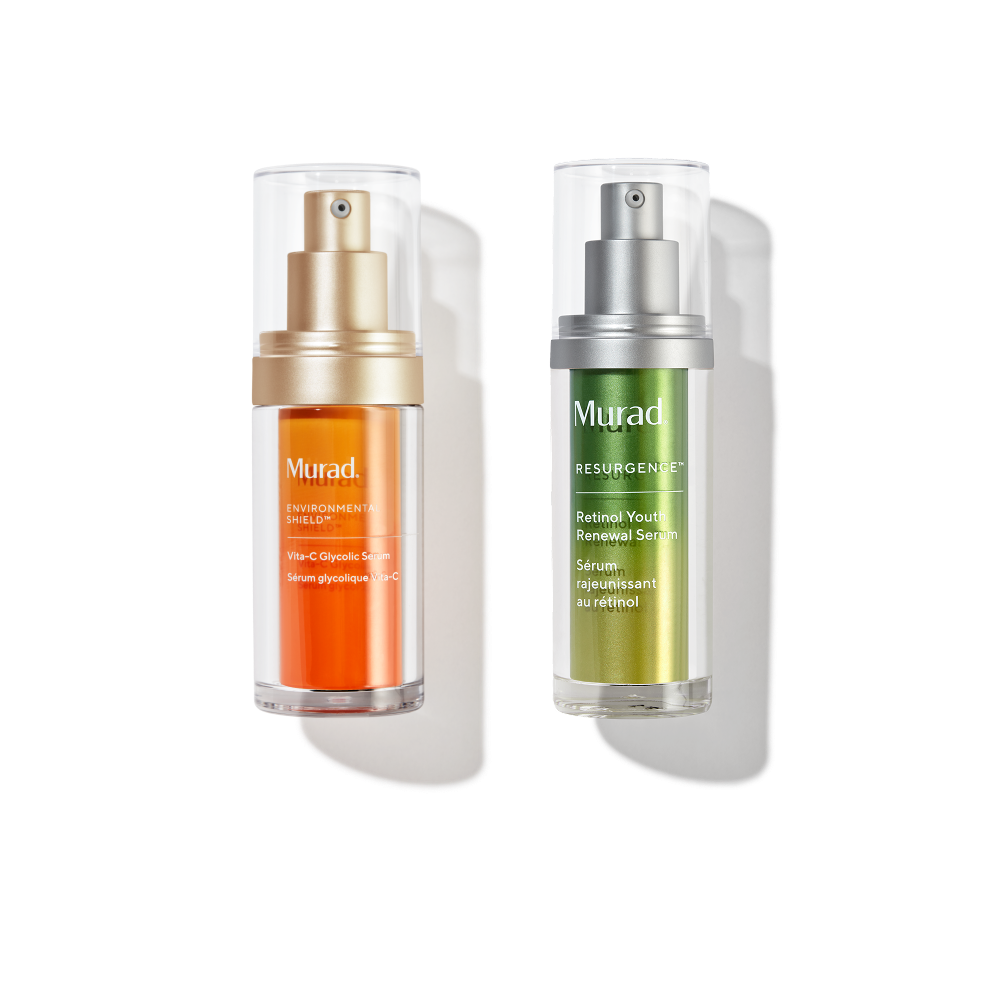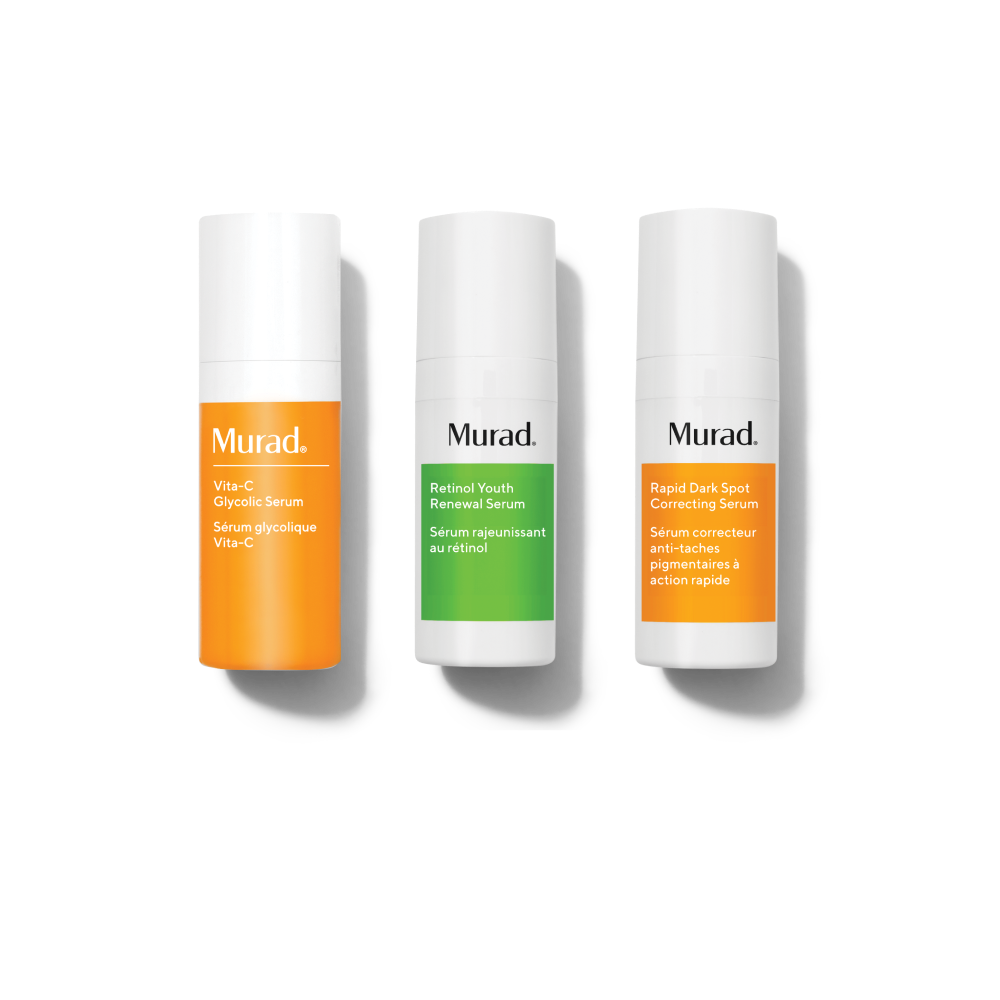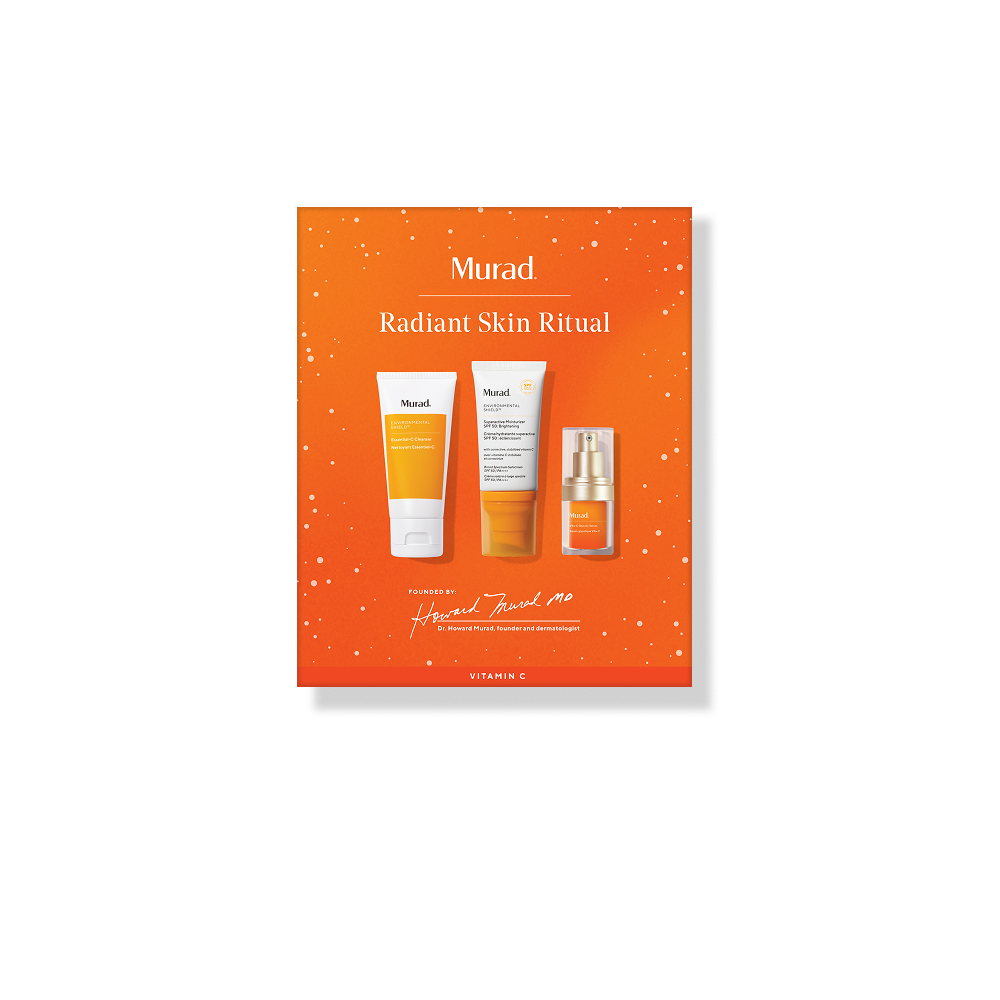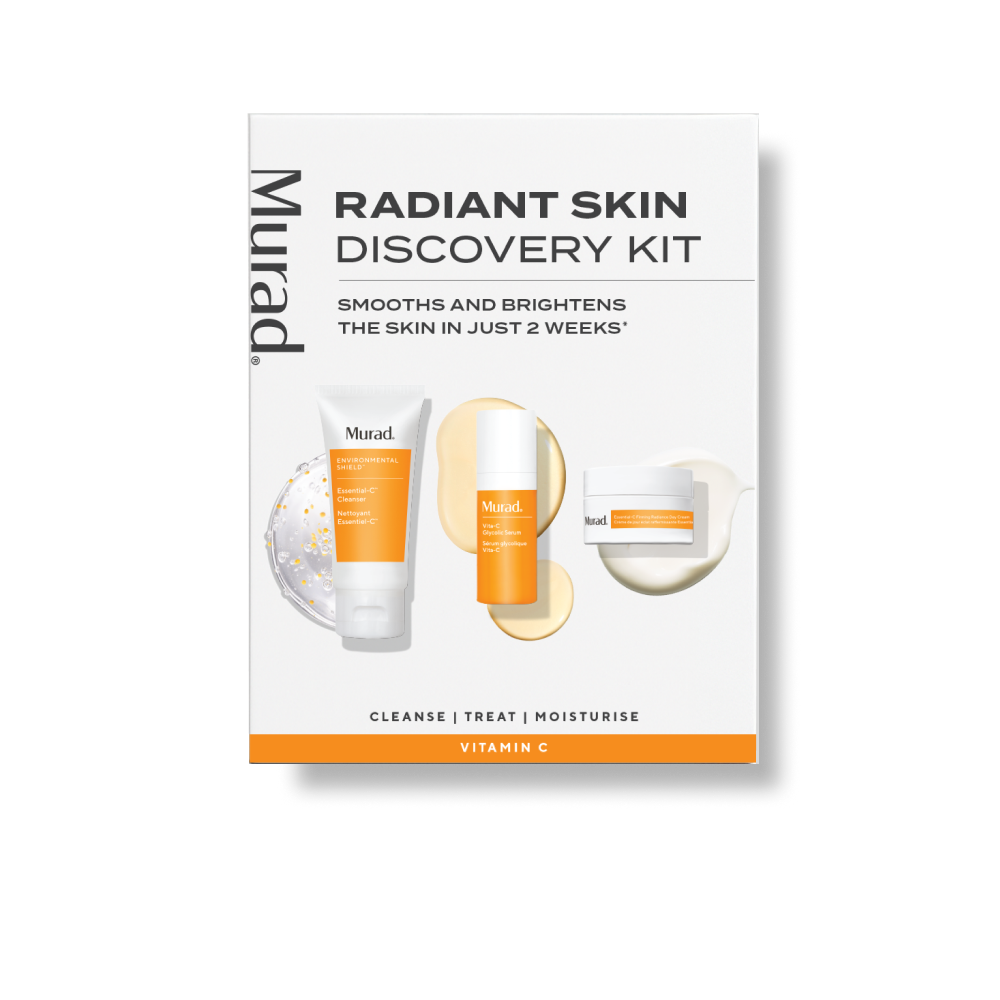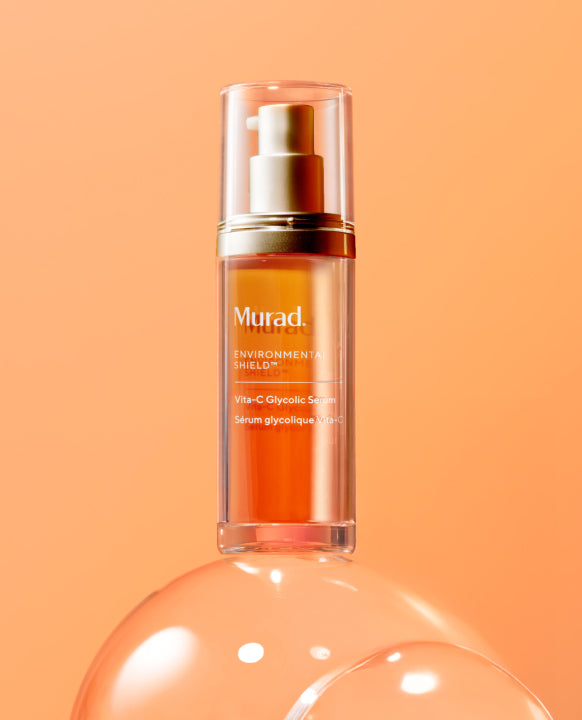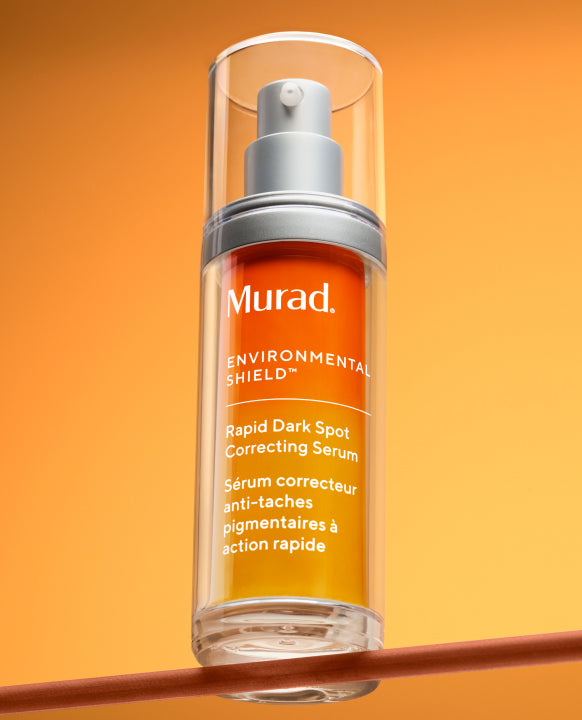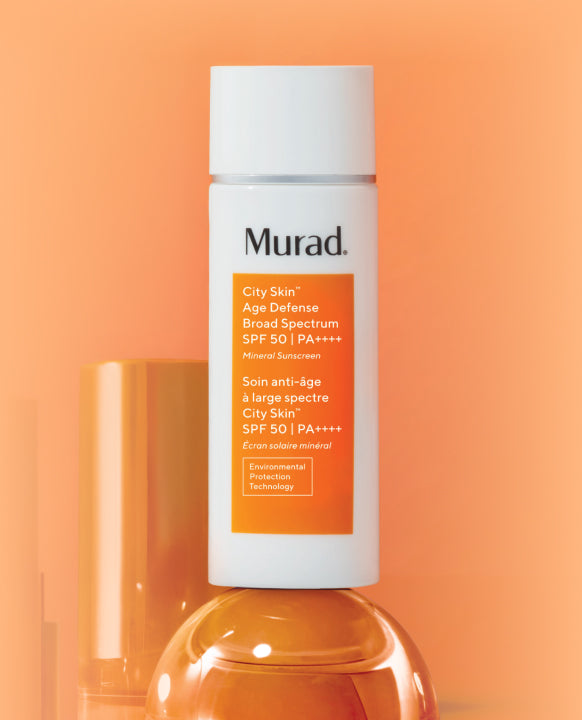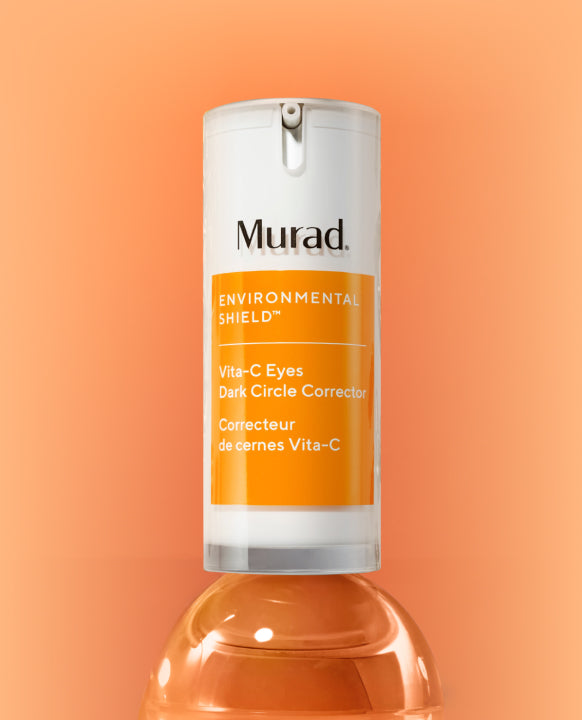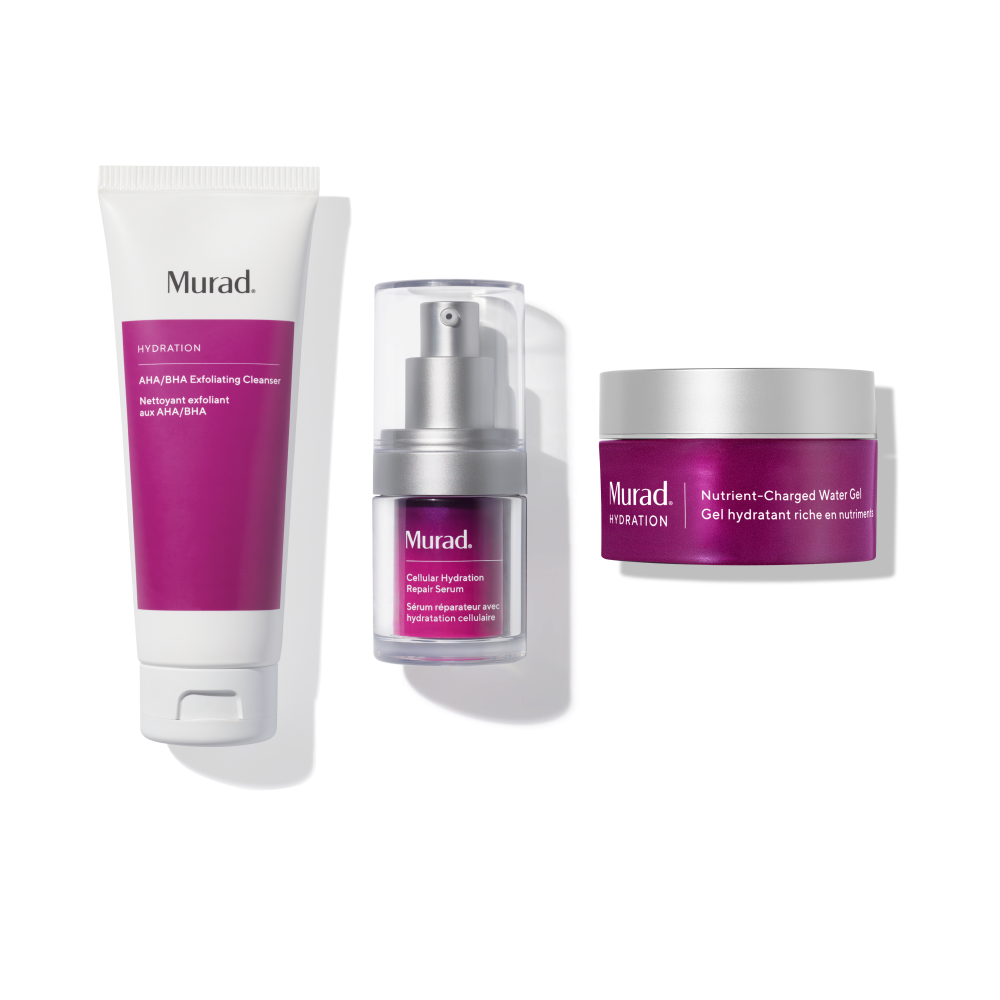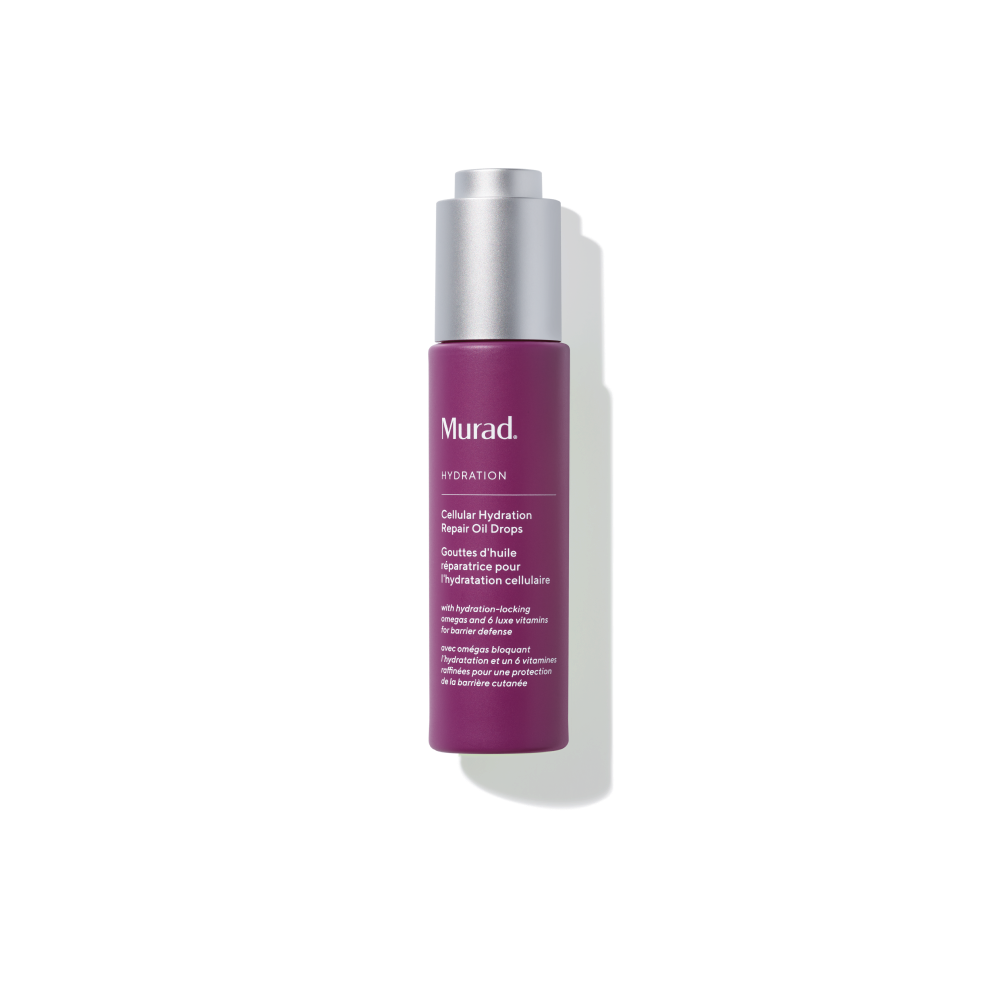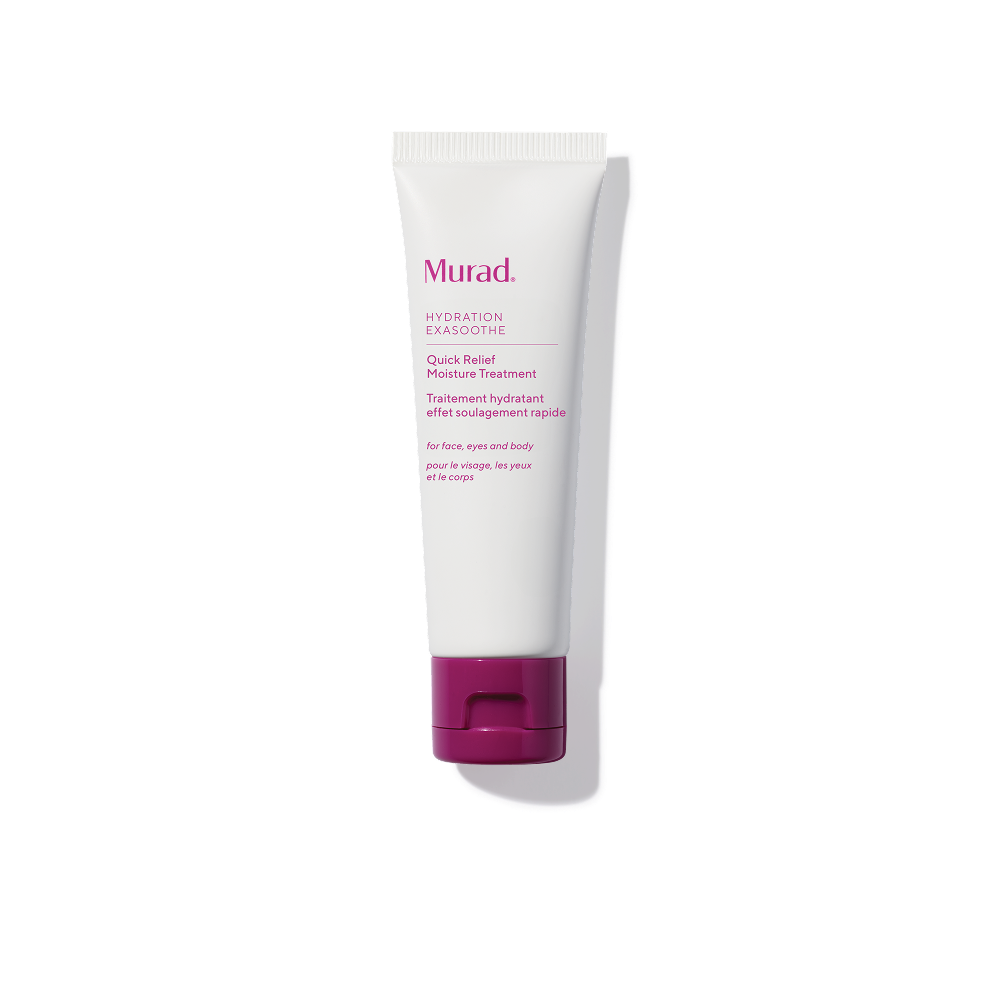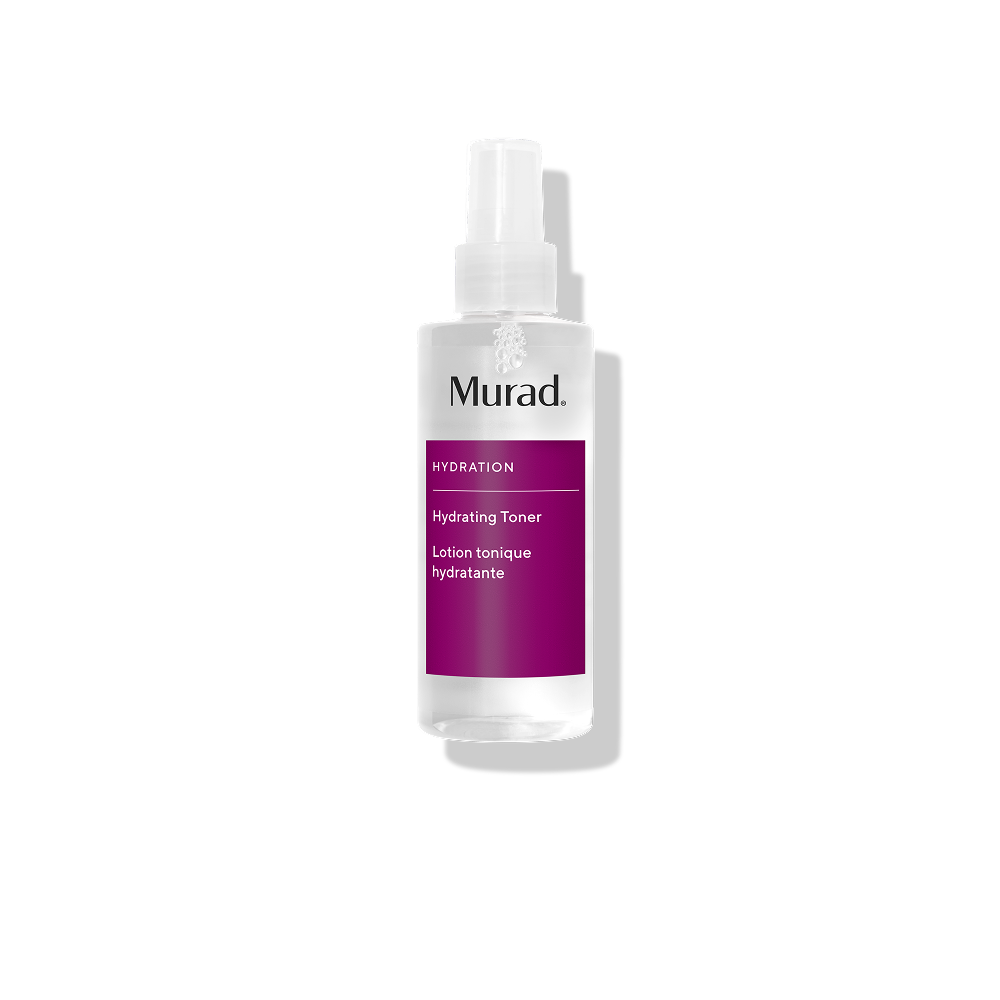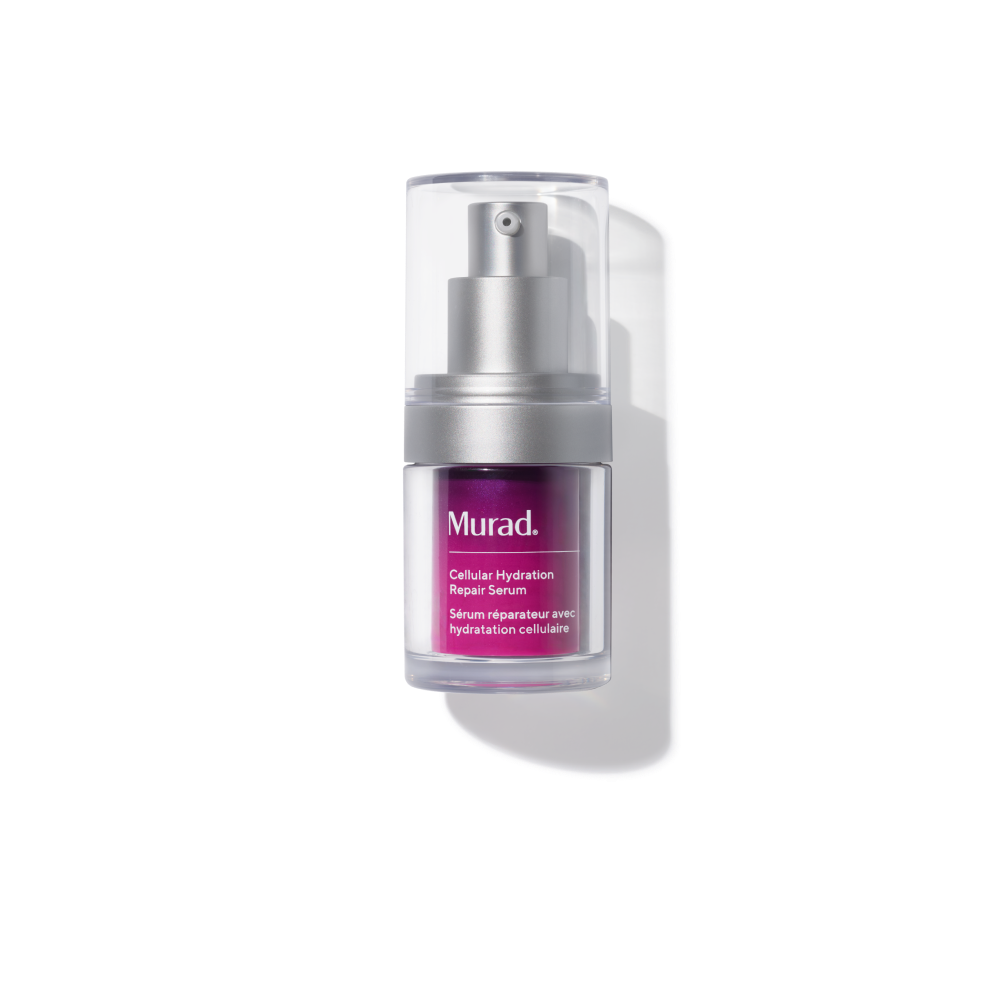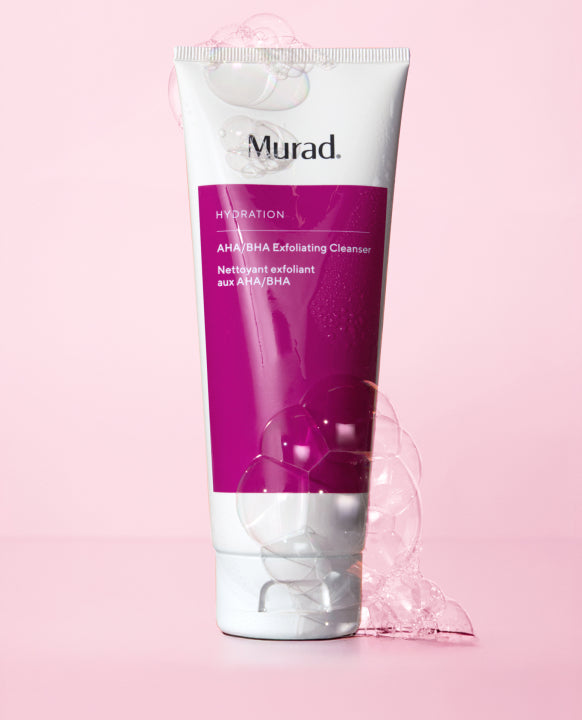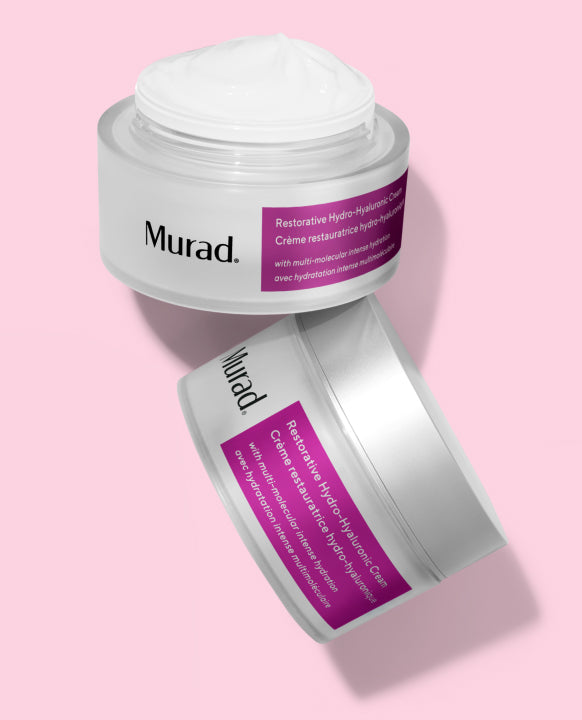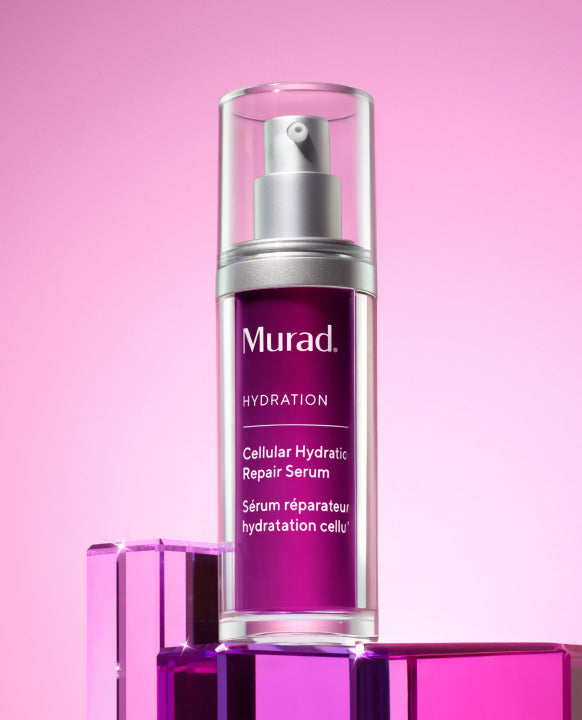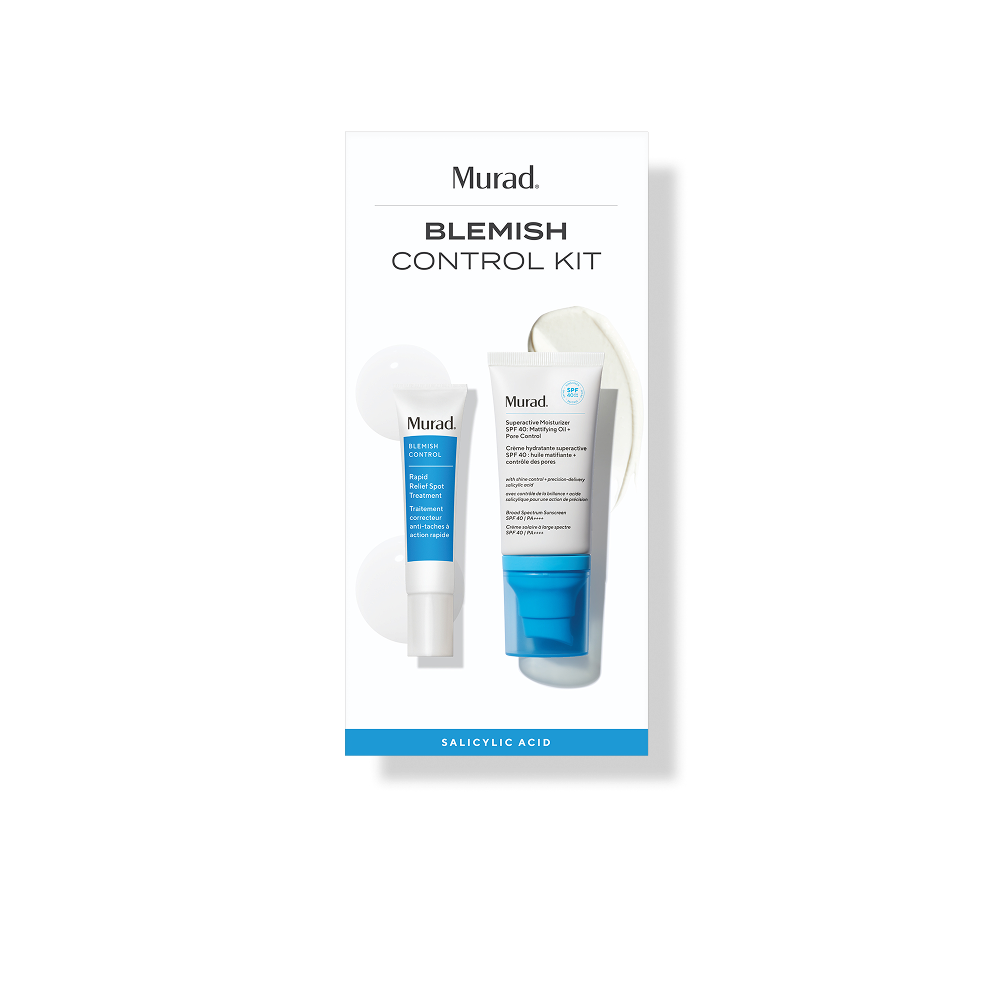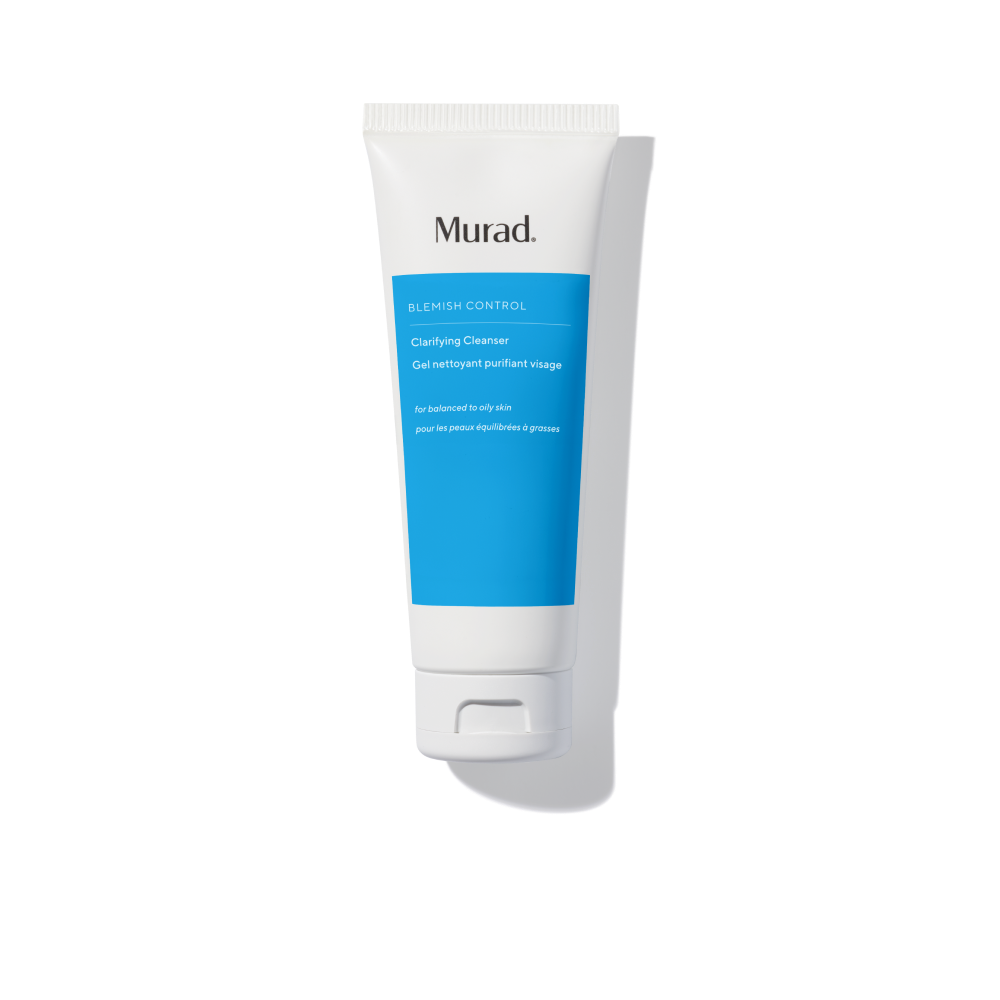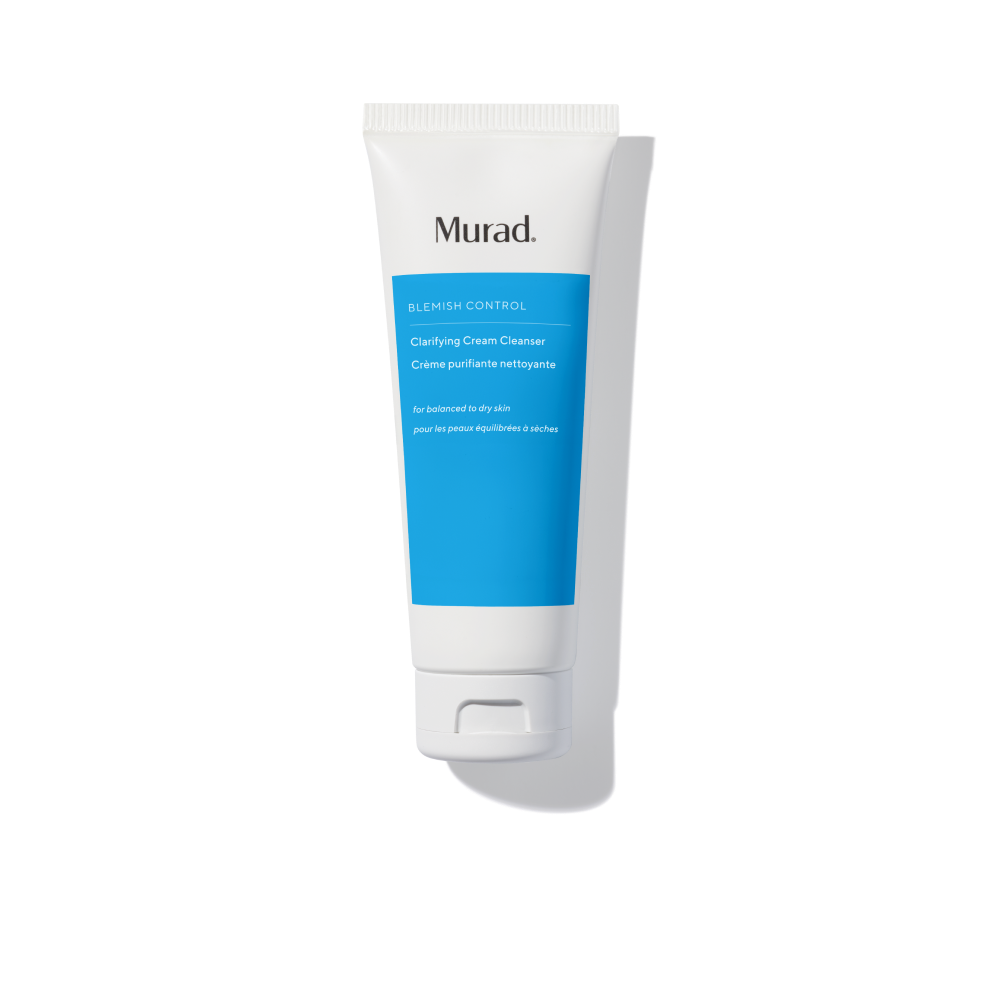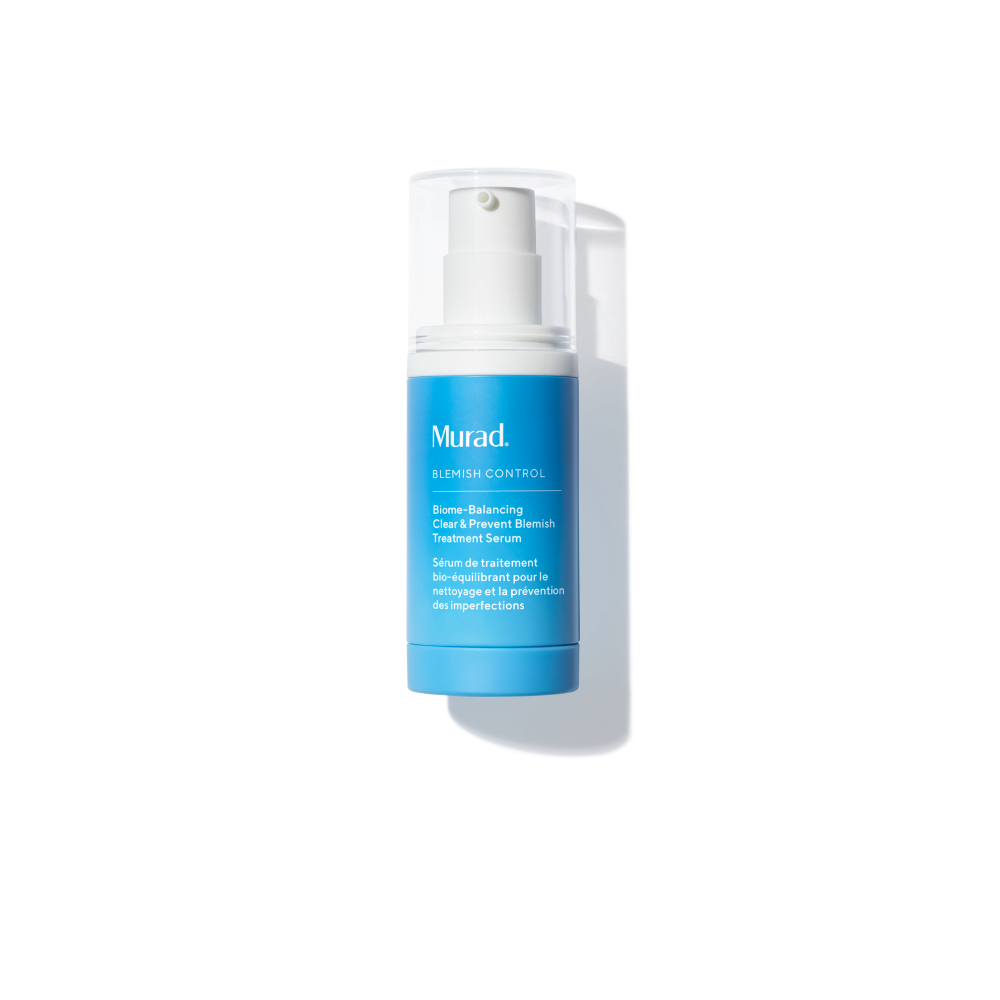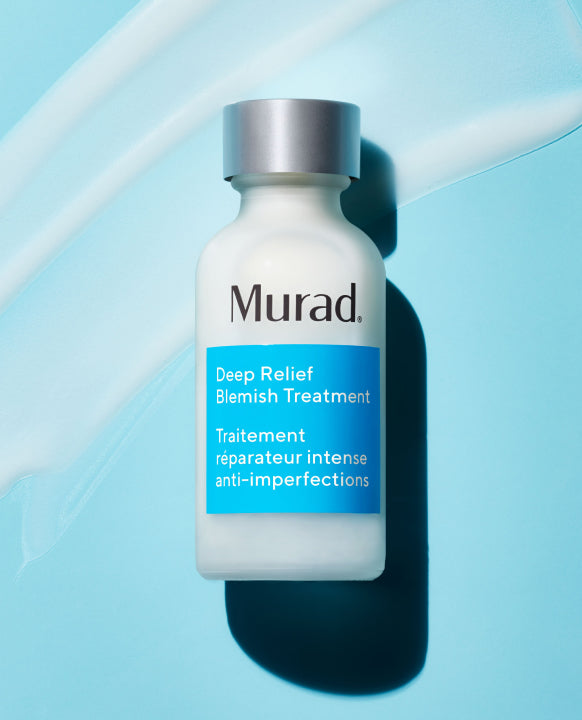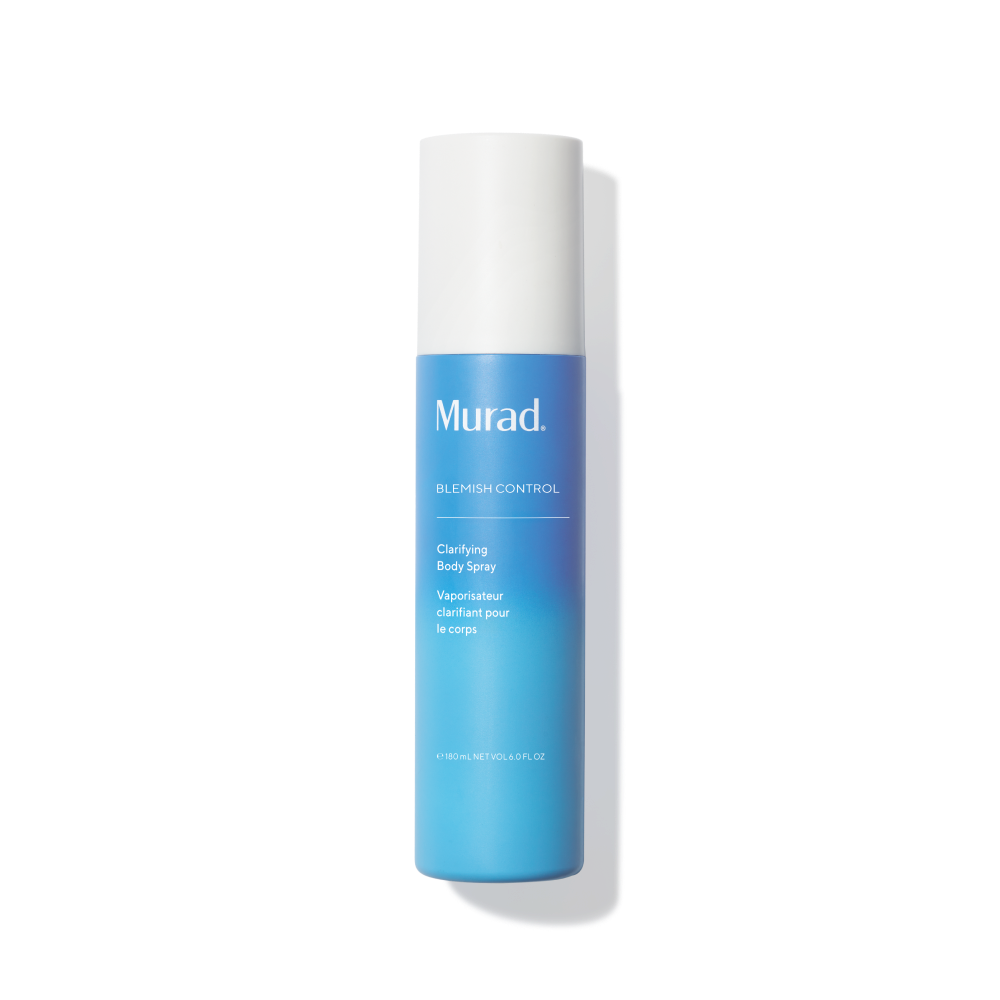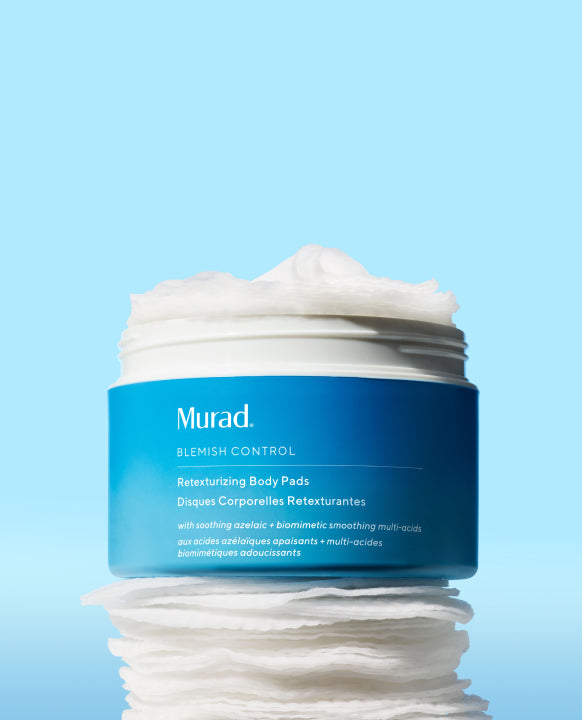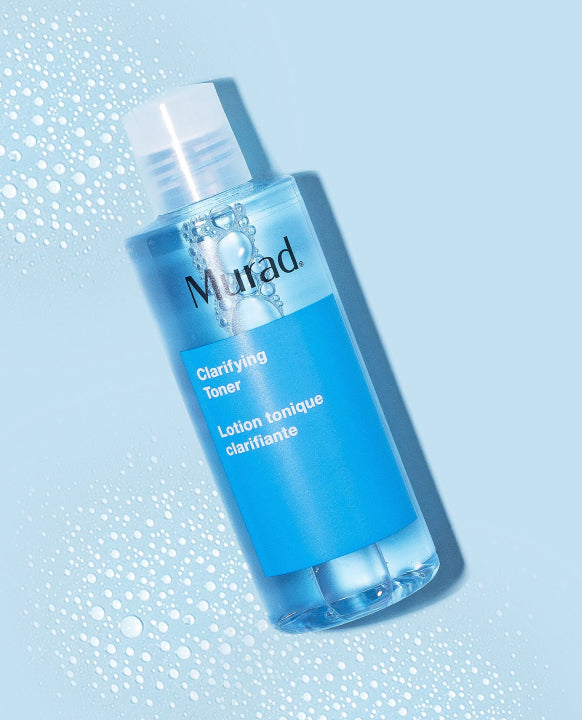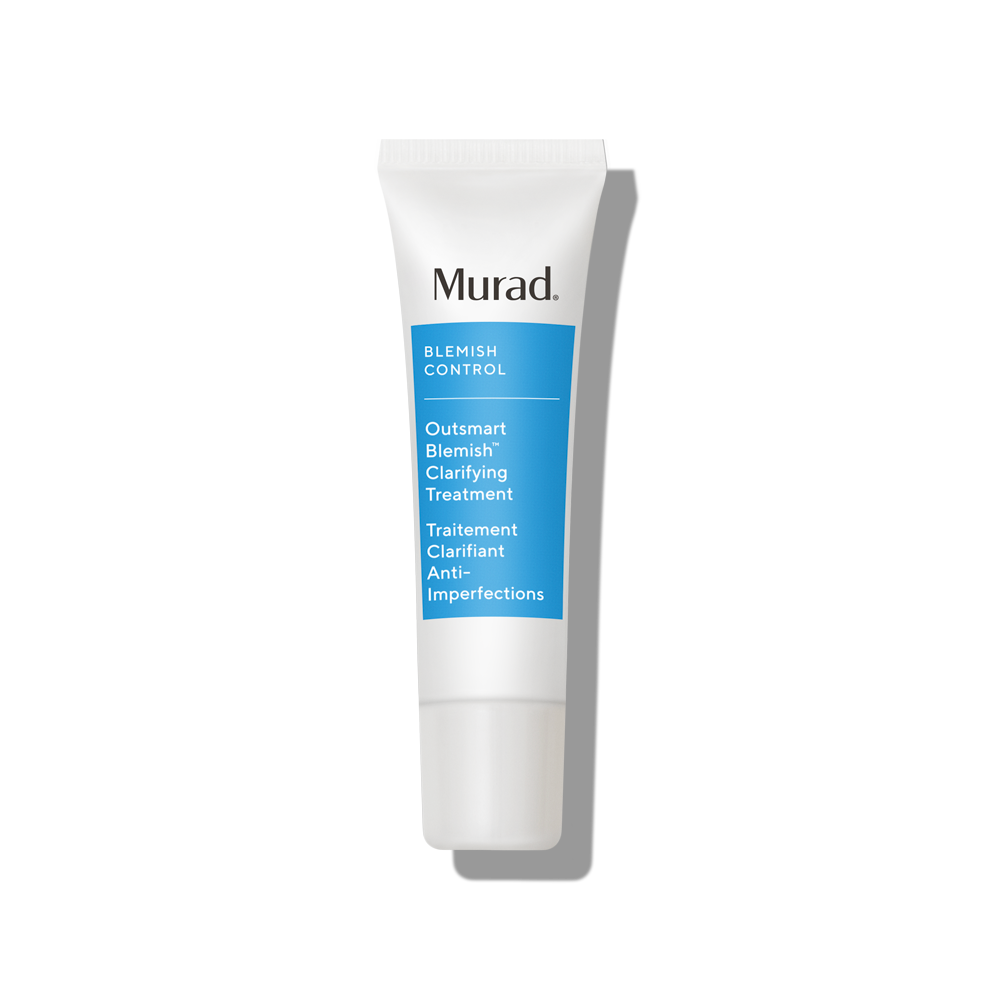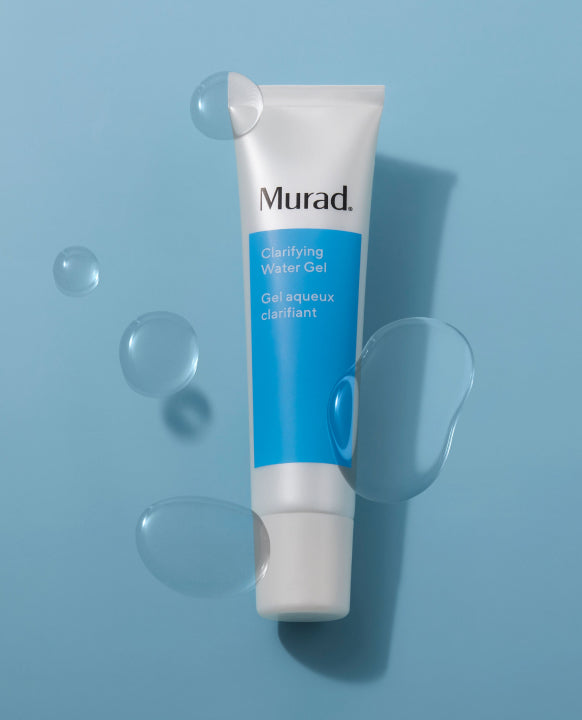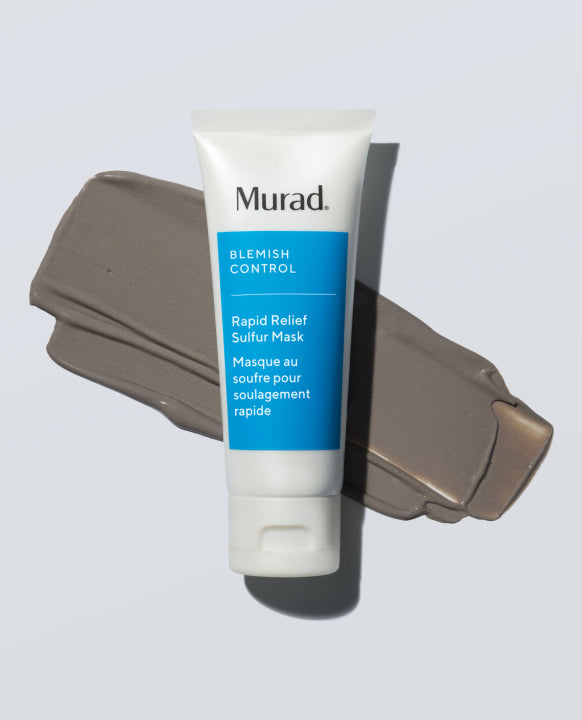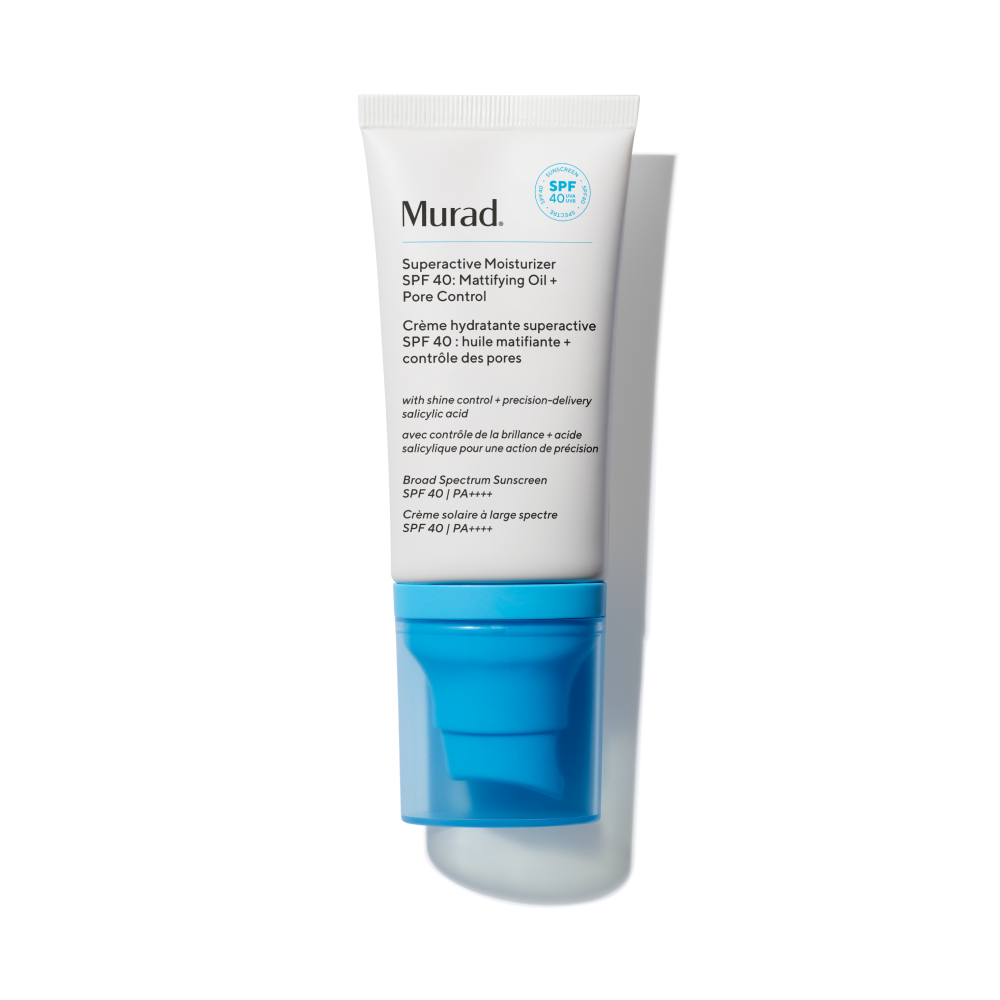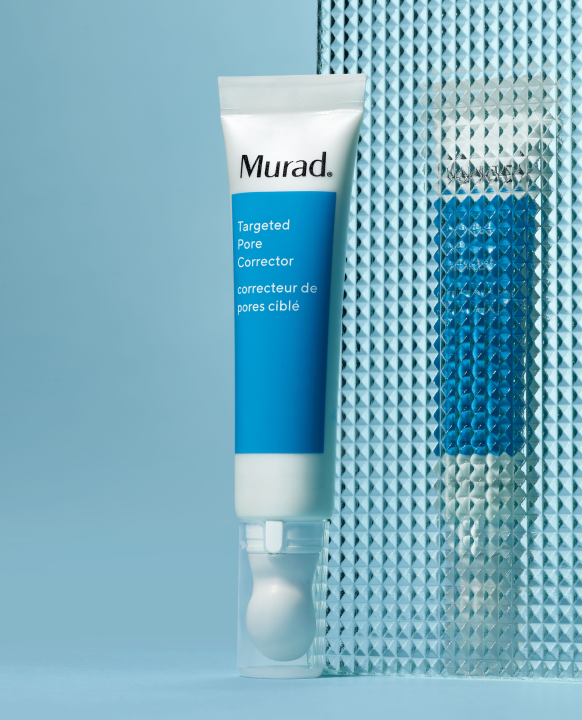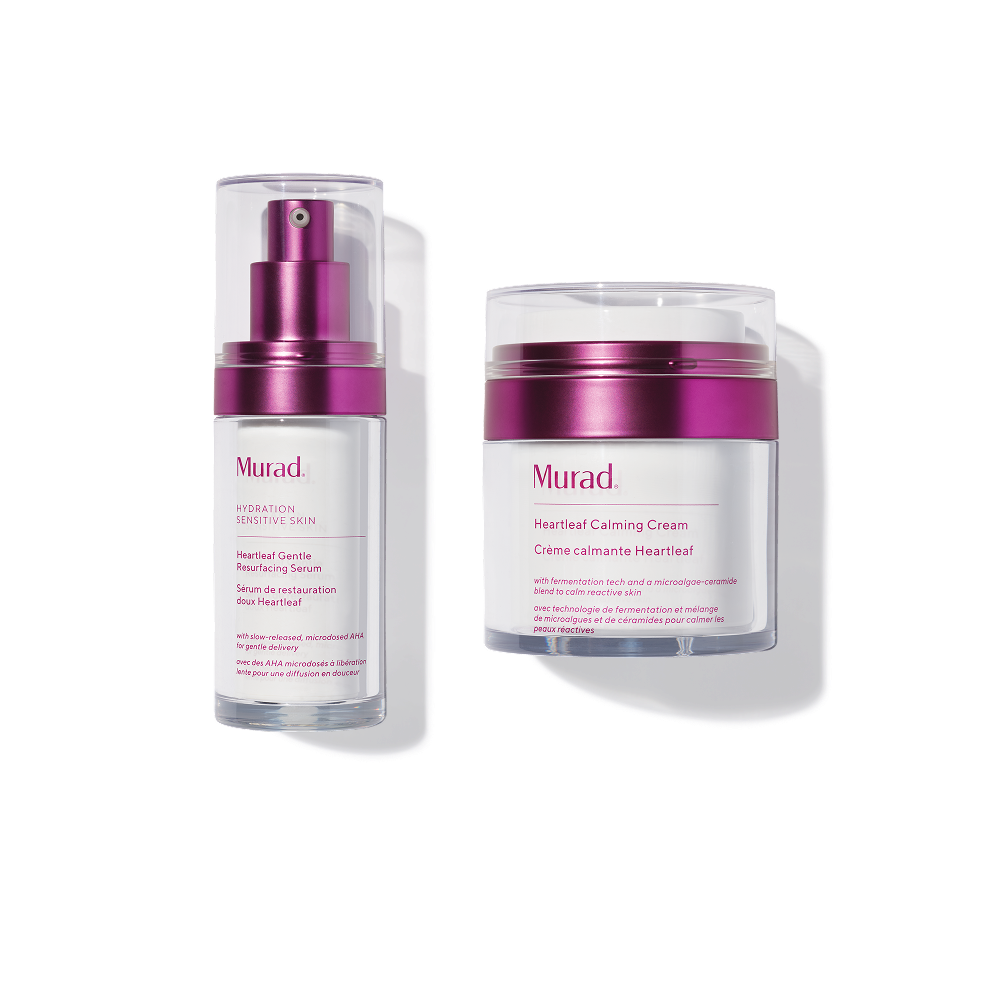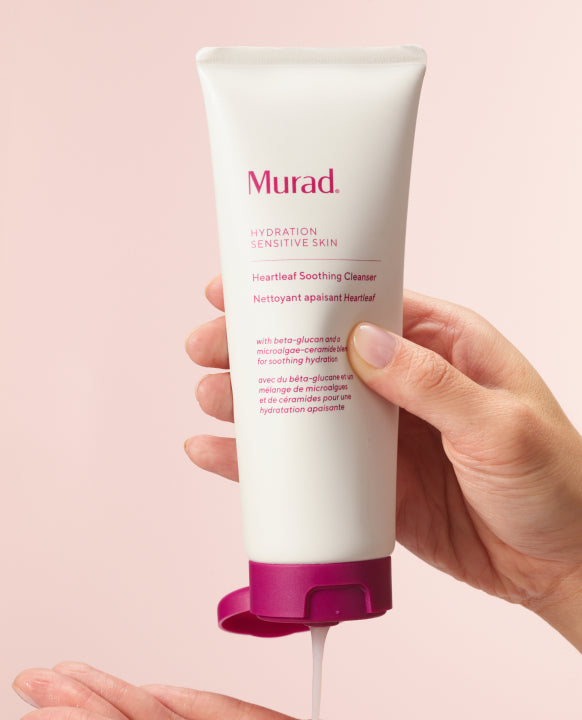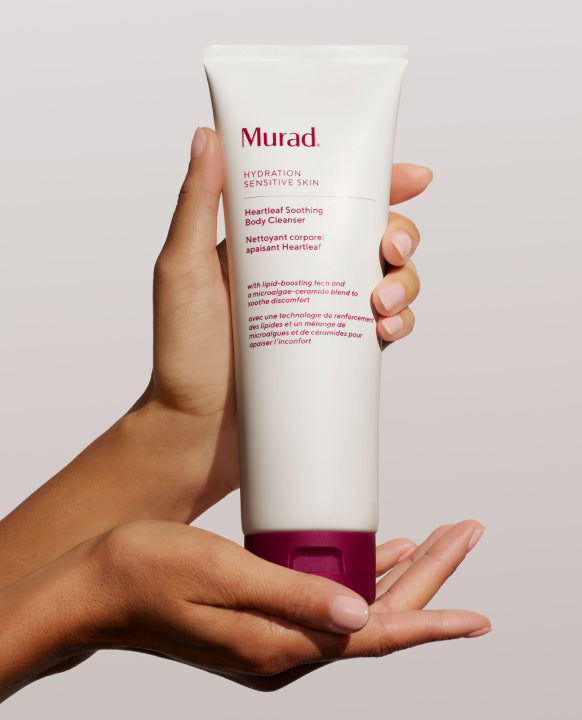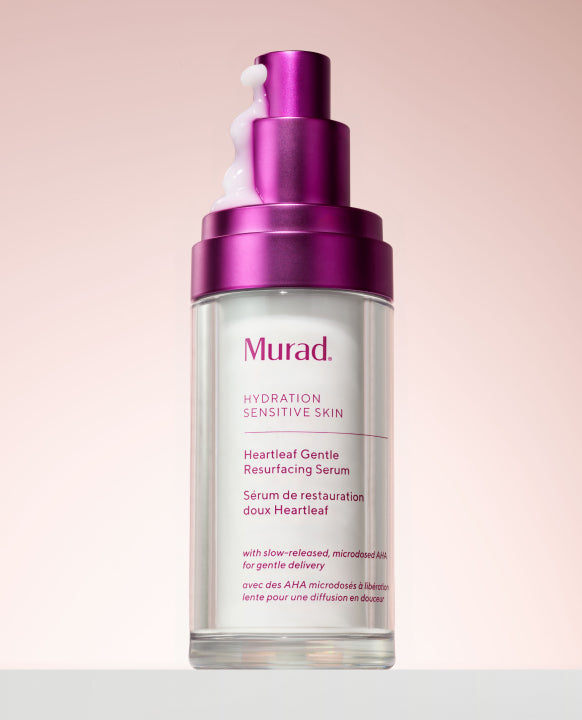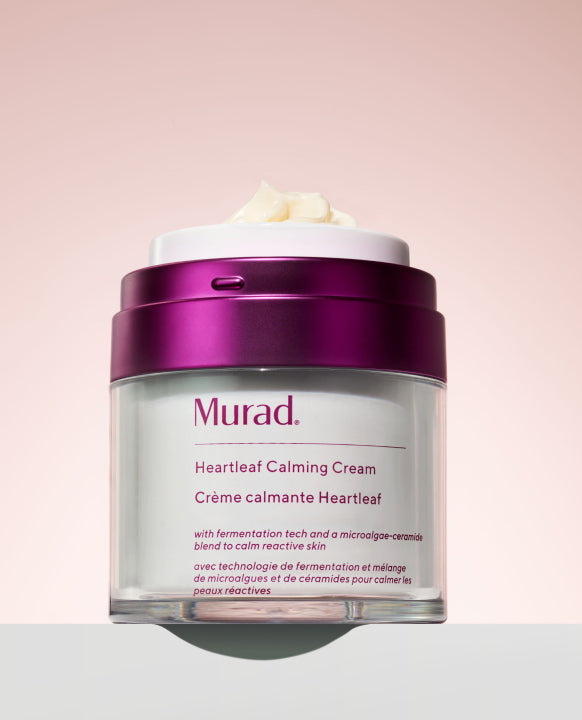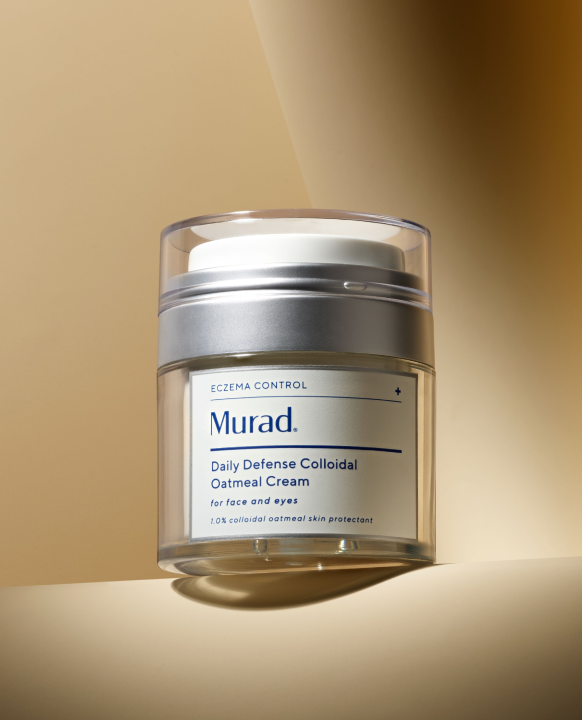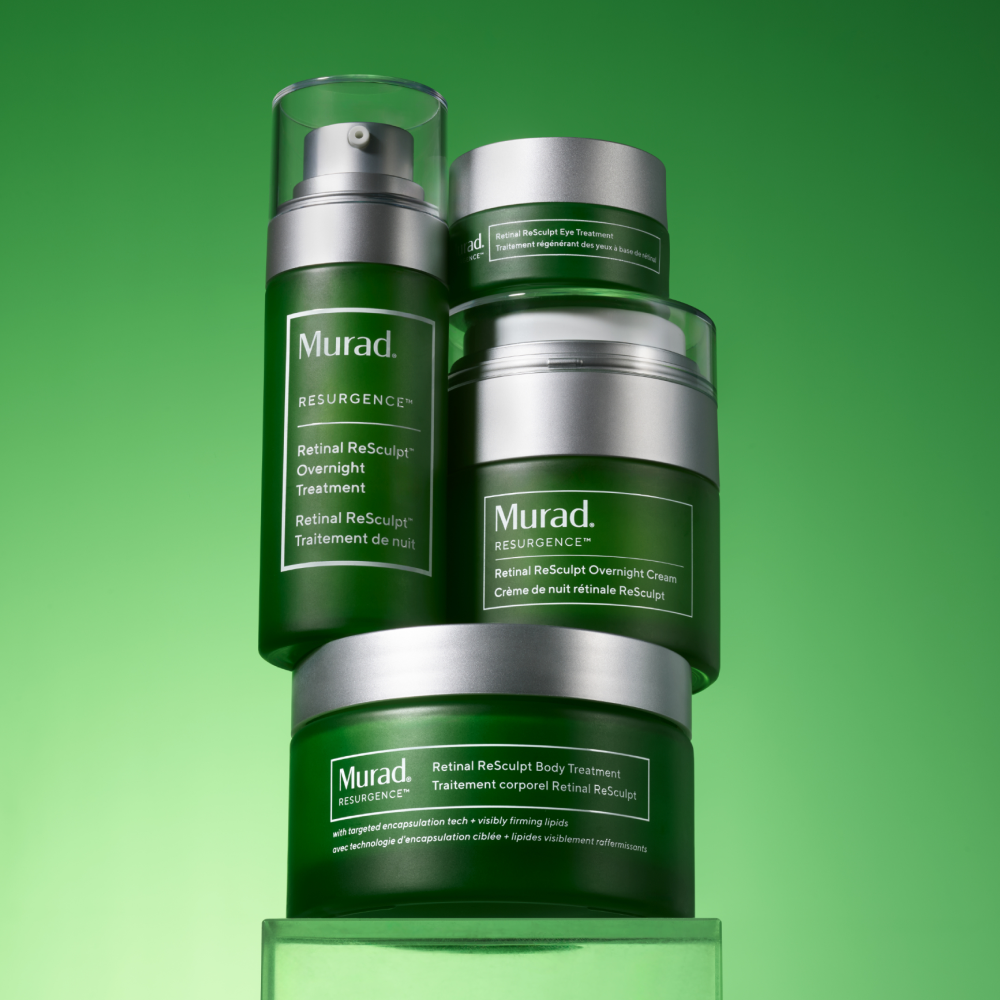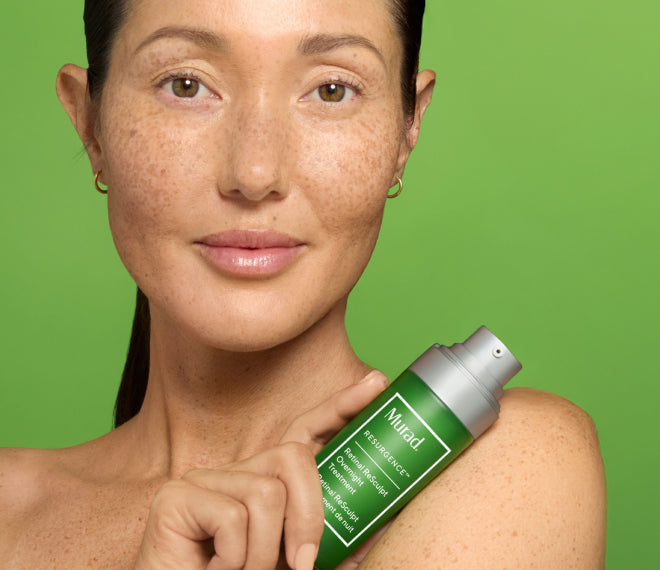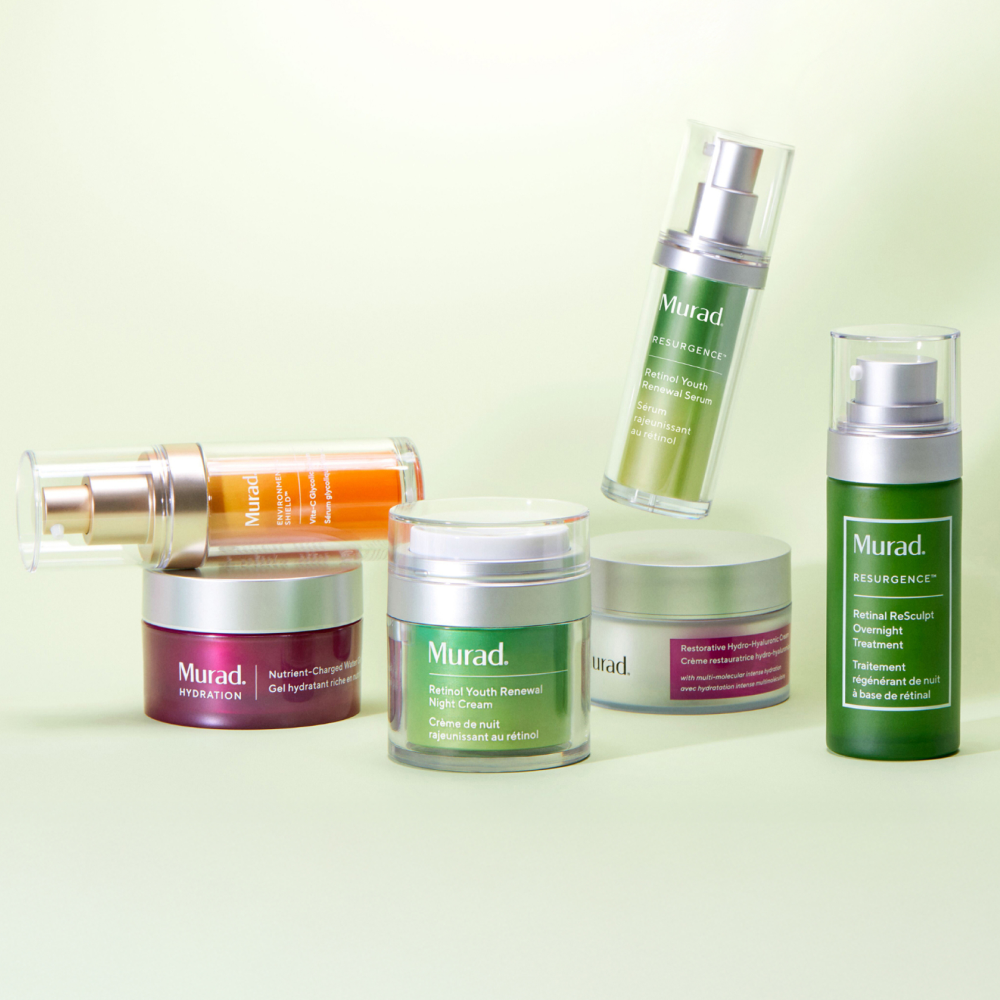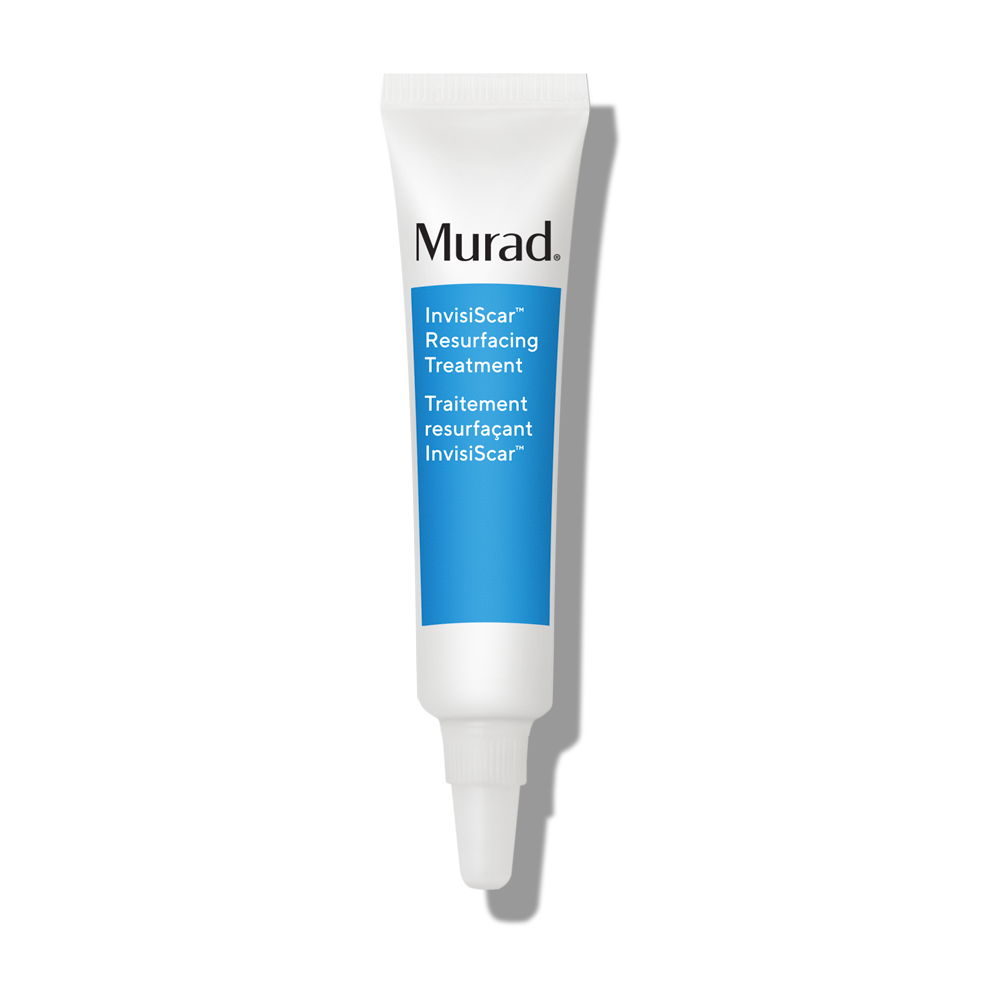A Guide to Choosing the Perfect Retinoid for Your Skin
What’s your retin-type: A or O?
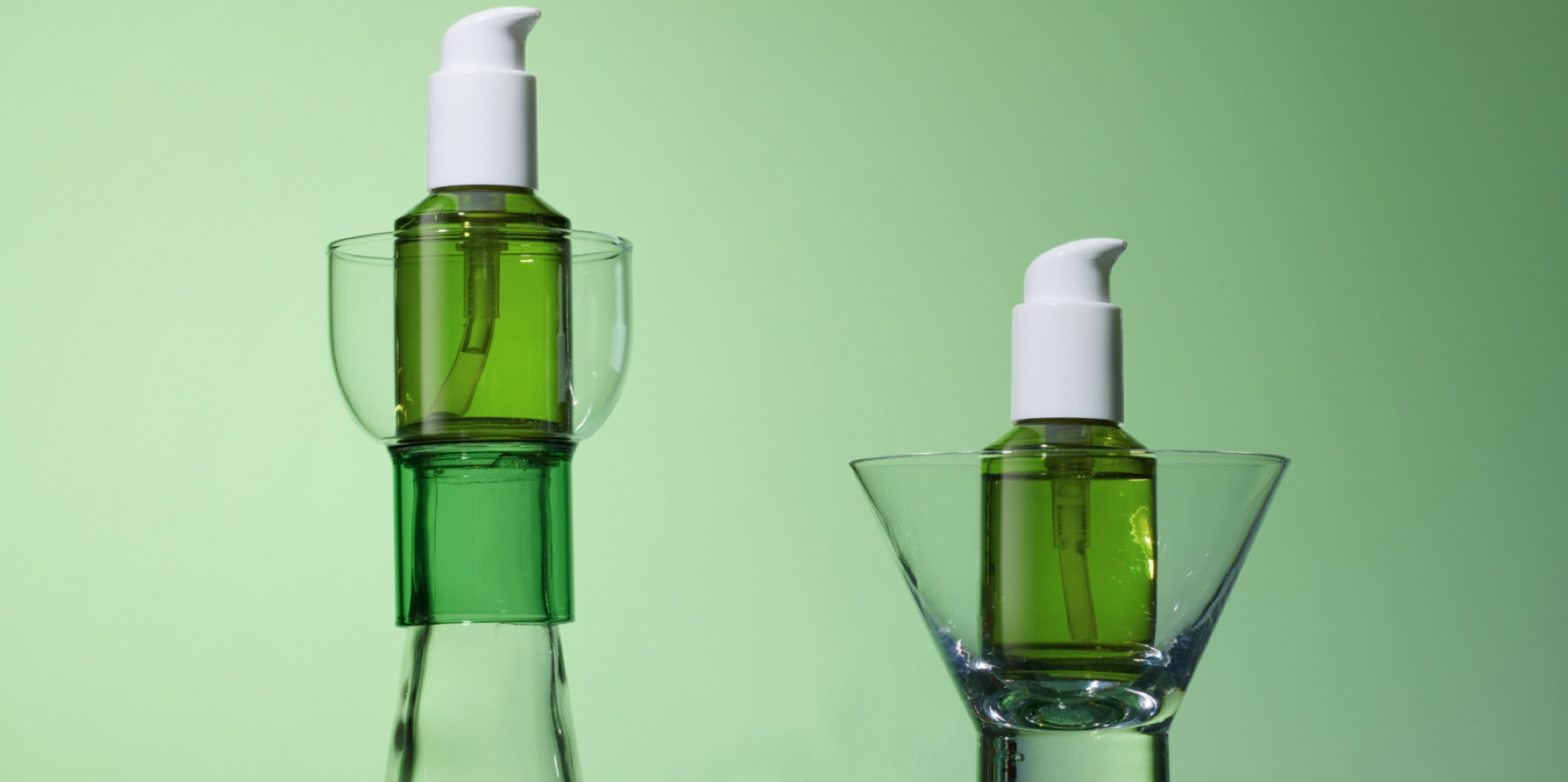
Both retinAL (with an A) and retinOL (with an O) are types of vitamin-A derivatives known for their smoothing and rejuvenating benefits that affect the skin in different ways. How do you choose between retinal versus retinol? And what ingredients layer best? The answers depend on your skincare goals and your skin’s unique needs.
But first, what are retinol and retinal?
Both retinol and retinal are in the family of vitamin A-derived compounds known as retinoids. Retinoids are one of the most proven skincare ingredients (even the FDA acknowledged its age-defying benefits), with numerous research studies confirming their capability to support skin health, boost collagen production and fight blemishes.
Some expert medical journals have concluded that there are over 4000 compounds that are structurally related to vitamin A. But the most common retinoids you’ll find in skincare products fall into these categories:
How do retinoids work?
All retinoids work by increasing cell turnover and supporting collagen production. This can help improve uneven skin tone and skin texture and reduce the appearance of dark spots, fine lines and wrinkles.
However, not all retinoids are equal: Tretinoin, or retinoic acid (available via prescription only), is the most potent form because it can be absorbed and used by the skin directly. The other forms of retinoid must be converted to retinoic acid before they can start working their rejuvenating magic.
Retinal: Benefits and drawbacks
Retinal, also known as retinaldehyde, is just one step removed from retinoic acid, making it more immediately effective than other retinoids. Retinal can be ideal for taking on more intense signs of ageing on mature skin, including:
Retinol is one step further removed from retinoic acid than retinal. Before it can get to work, it must be converted to retinaldehyde, then to retinoic acid. Although this means retinol may take a little longer to appear, it also means that retinol is less likely to cause irritation.
Retinol offers the same skin-refreshing benefits including improved skin tone, texture, skin cell turnover, hydration, pore size, blemishes and acne scars.
Retinol vs retinal: Which is best for your skin?
Both ingredients can be effective at improving the appearance of the skin, so the right choice for you will depend on your specific skin type and skin concern.
Retinal may be a good choice if you:
Are showing more dramatic signs of skin ageingWant to reap results more quicklyHave more resilient skin and are looking for the most potent ingredient.
Shop This Article
-

Retinol Youth Renewal Serum
Whether you're seeing your first wrinkle or want the serious results of a retinoid without a doctor's visit, this fast-acting serum visibly improves key signs of ageing in just 2 weeks. Gentle enough for nightly use.
£92.00 | 30ML -
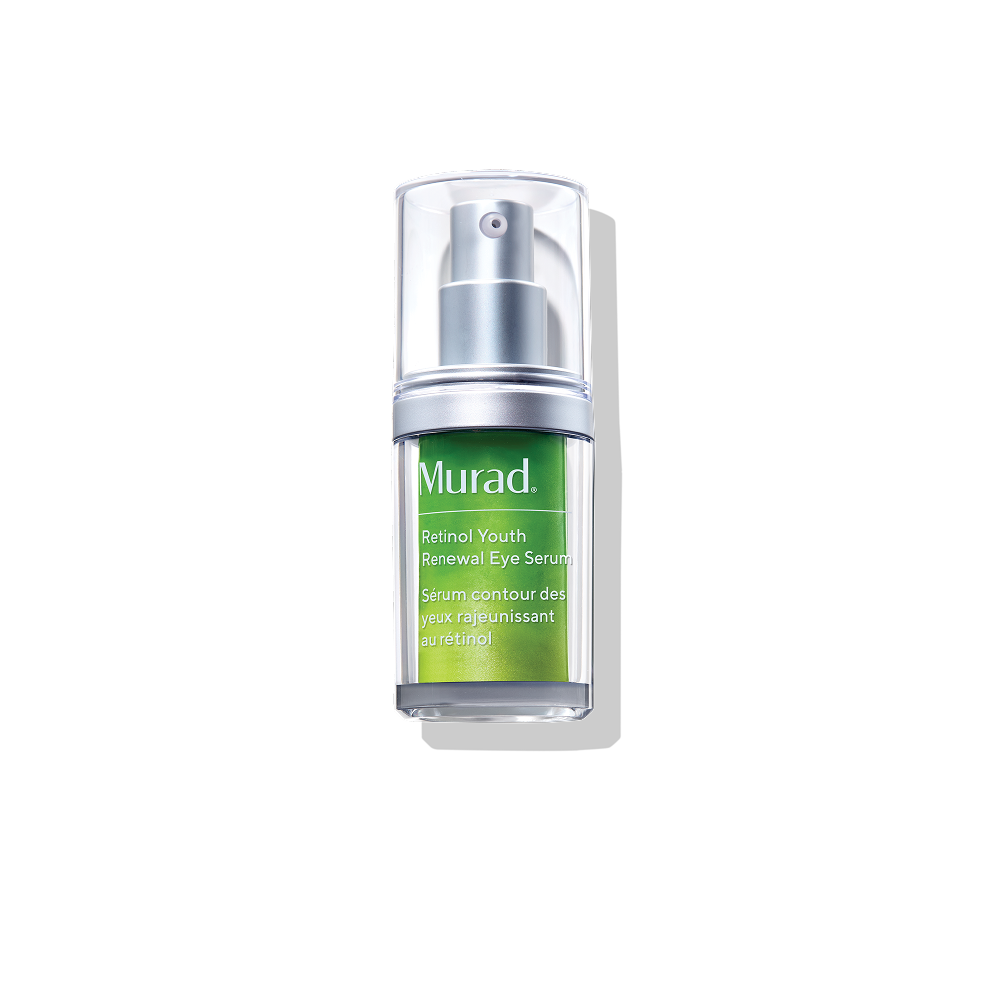
Retinol Youth Renewal Eye Serum
Prevents + reduces visible wrinkles all around the eyes (including lids!).
£62.00 | 15ML -
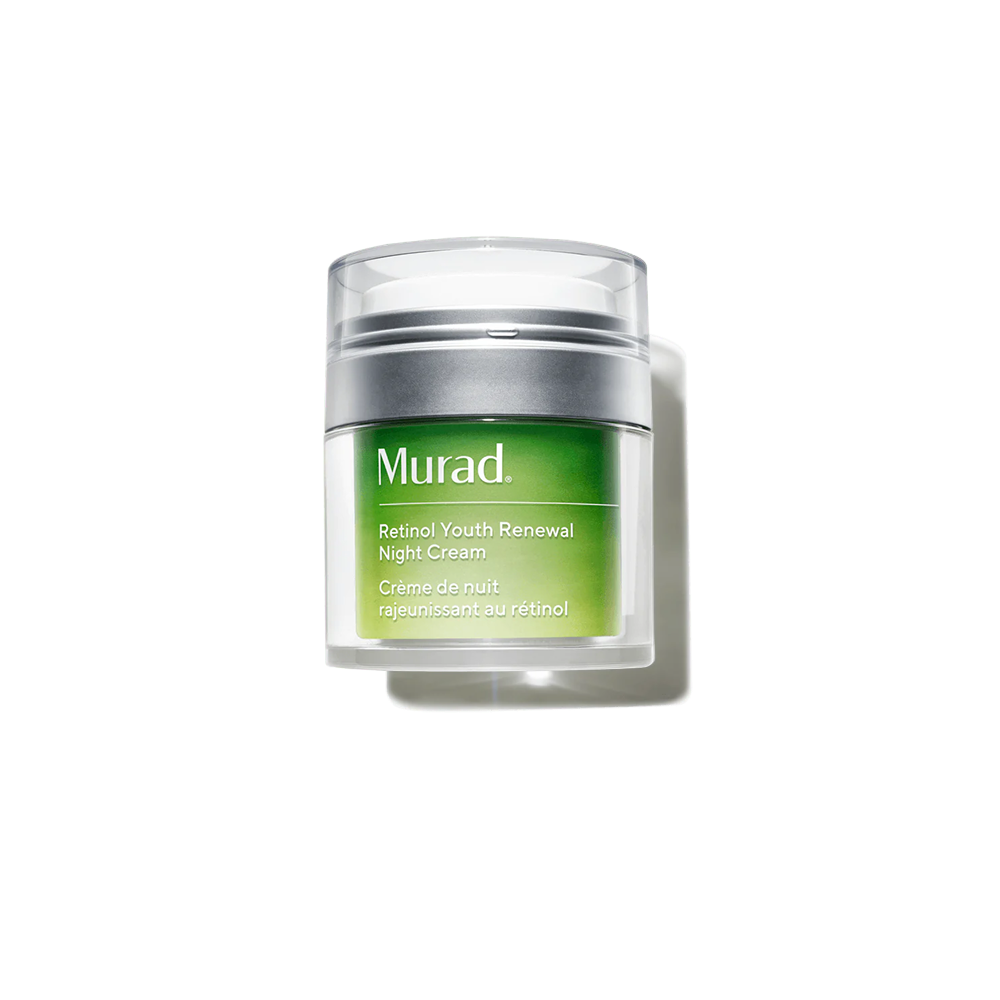
Retinol Youth Renewal Night Cream
Improves the look of wrinkles while intensely hydrating.
£62.00 | 50ML -
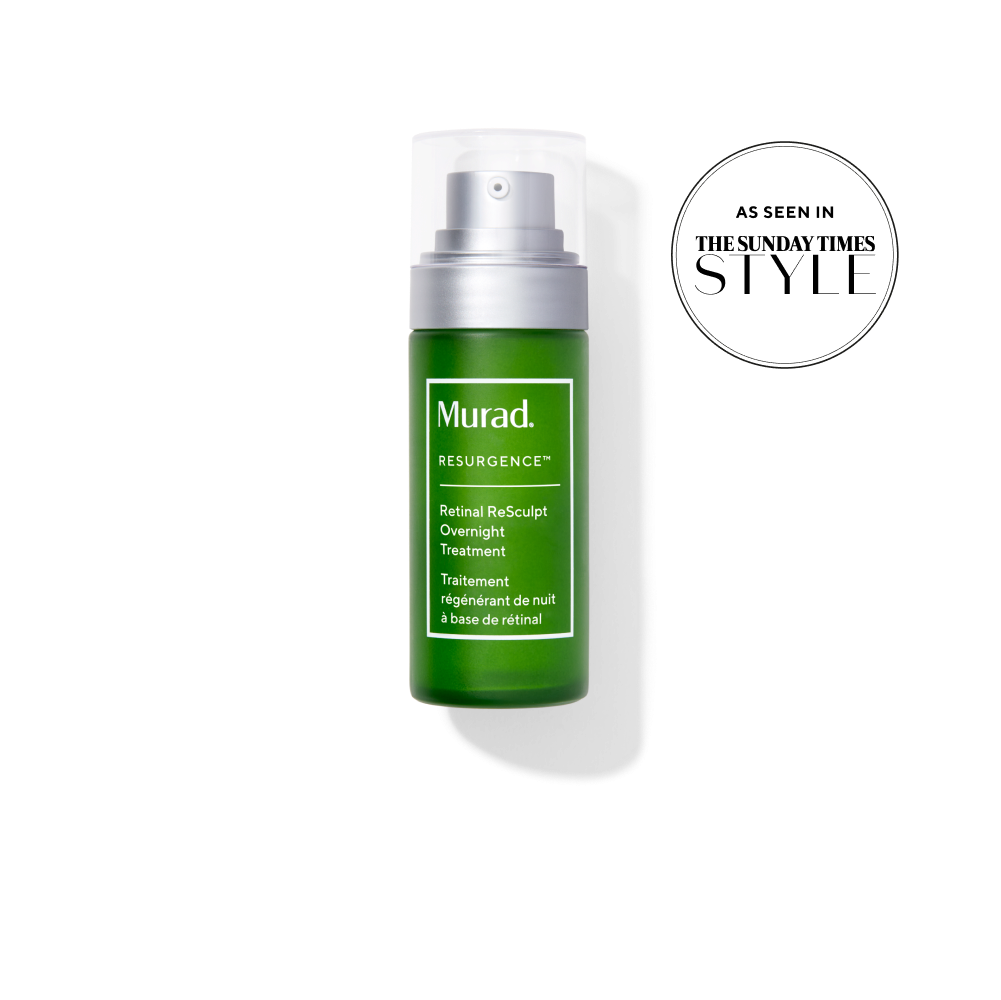
Retinal ReSculpt™ Overnight Treatment
Visibly lifts neck/jowl sagging, smooths deep-set wrinkles + crepey skin.
£105.00 | 30ML -
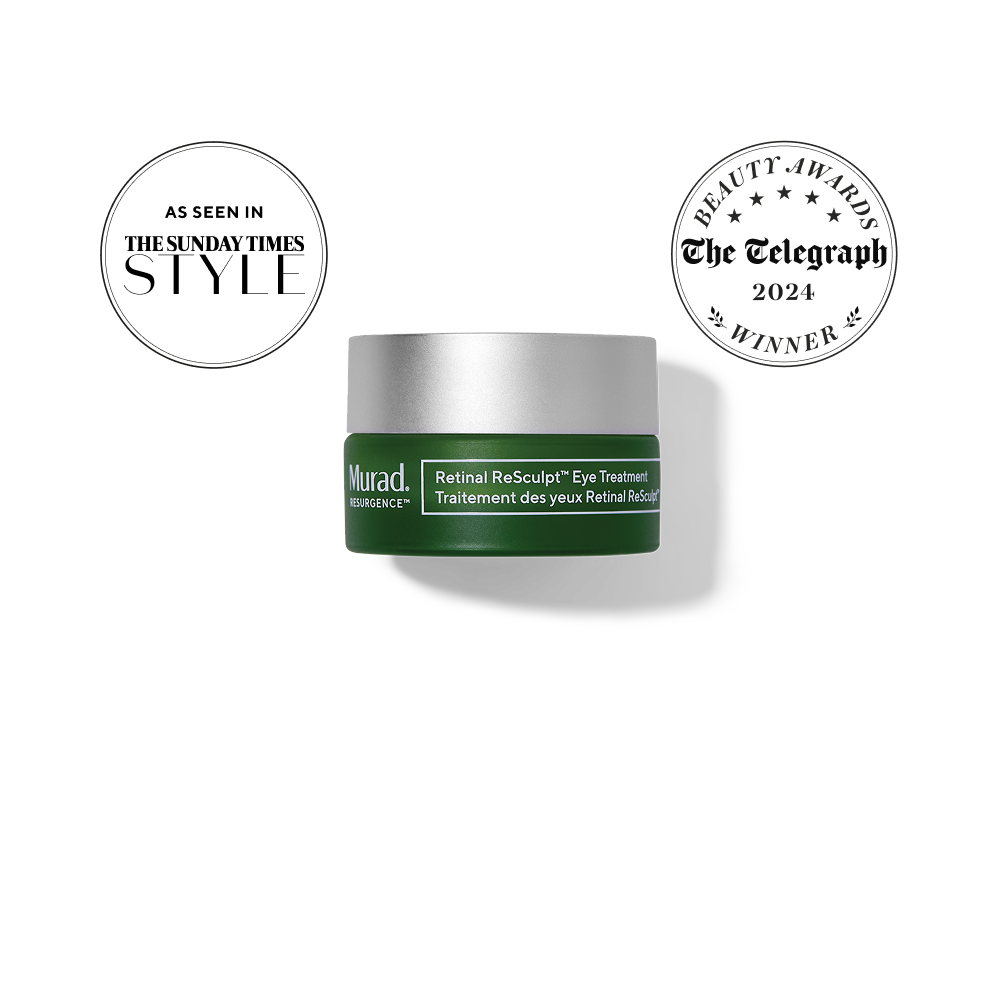
Retinal ReSculpt™ Eye Treatment
Next-gen eye cream reduces the appearance of deep-set lines/wrinkles, visibly lifts and firms droopy, sagging lids and folds and restores elasticity.
£64.00 | 15ML -
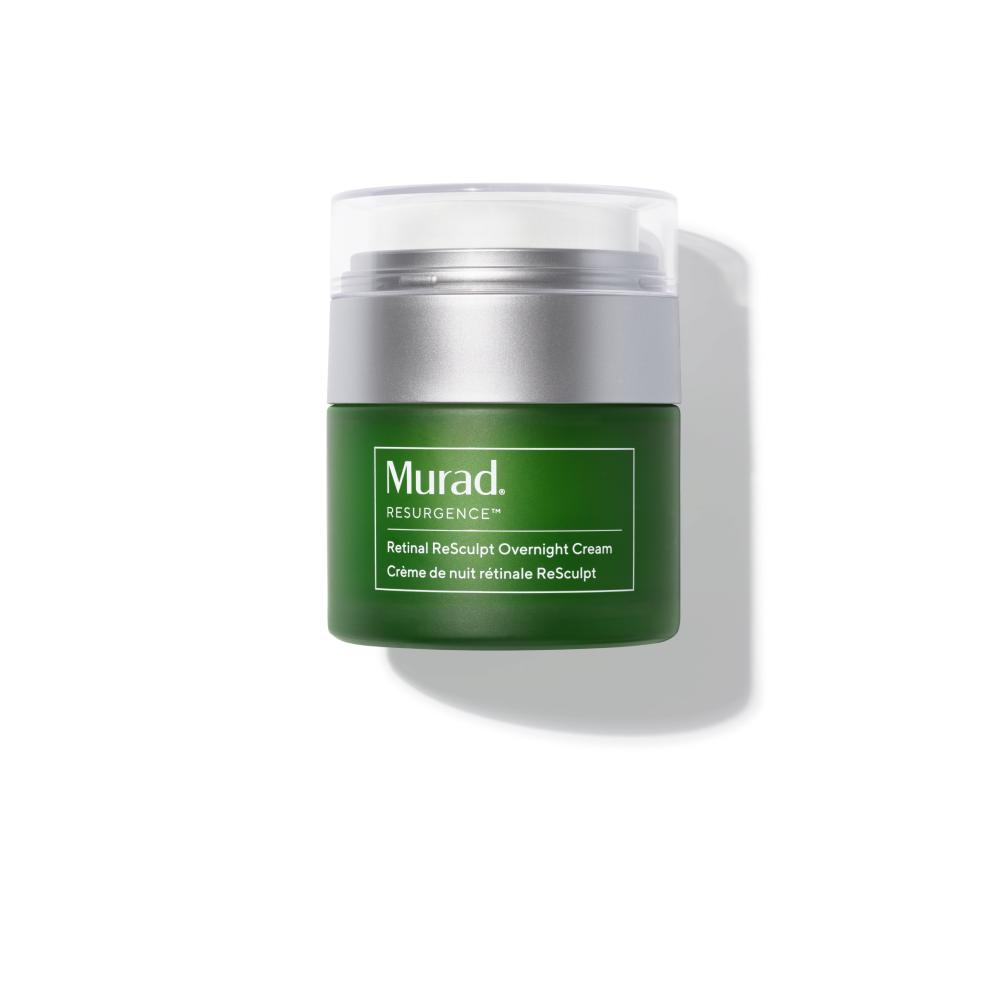
Retinal ReSculpt™ Overnight Cream
Wake up to firmer & lifted skin.
£98.00 | 50ML
